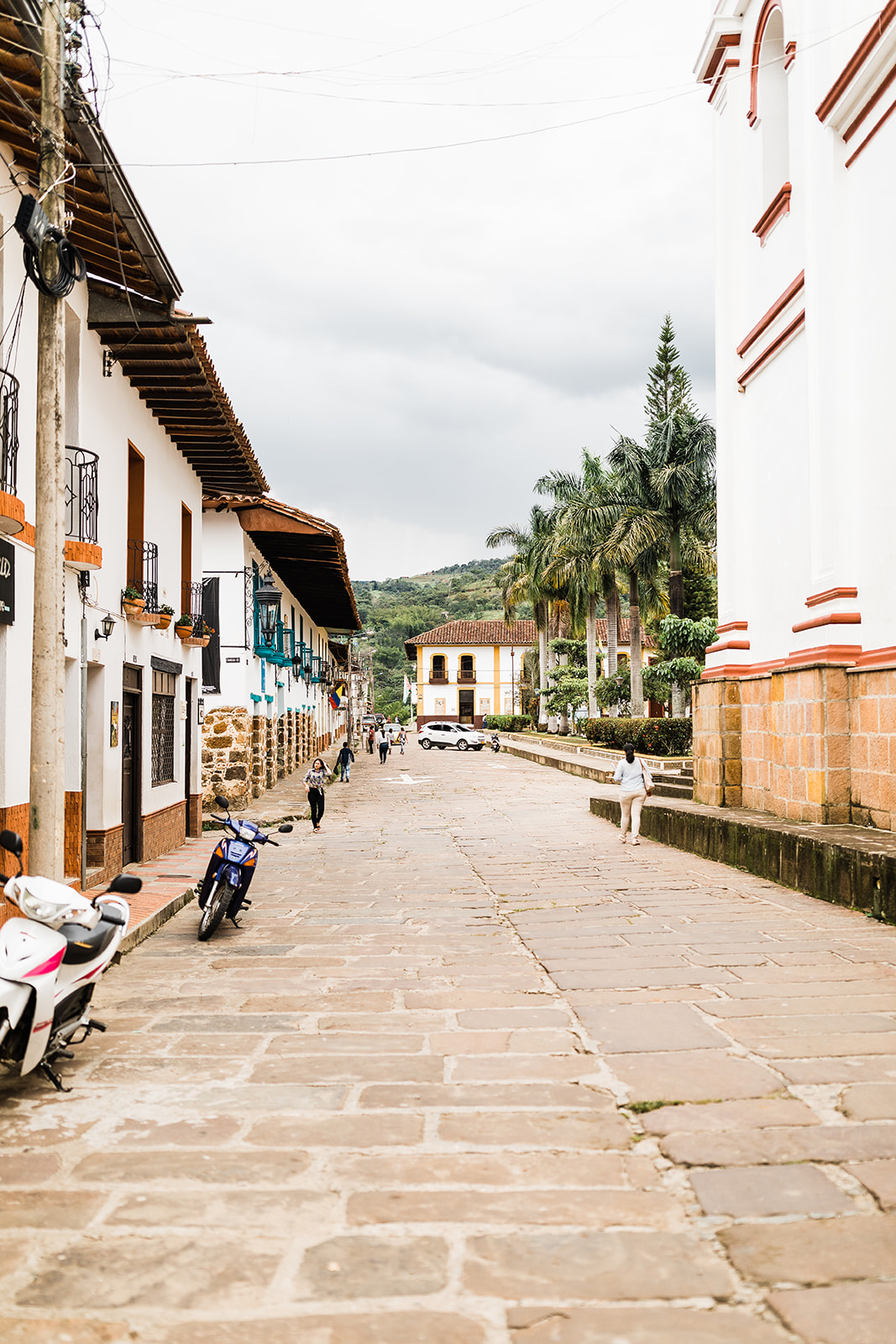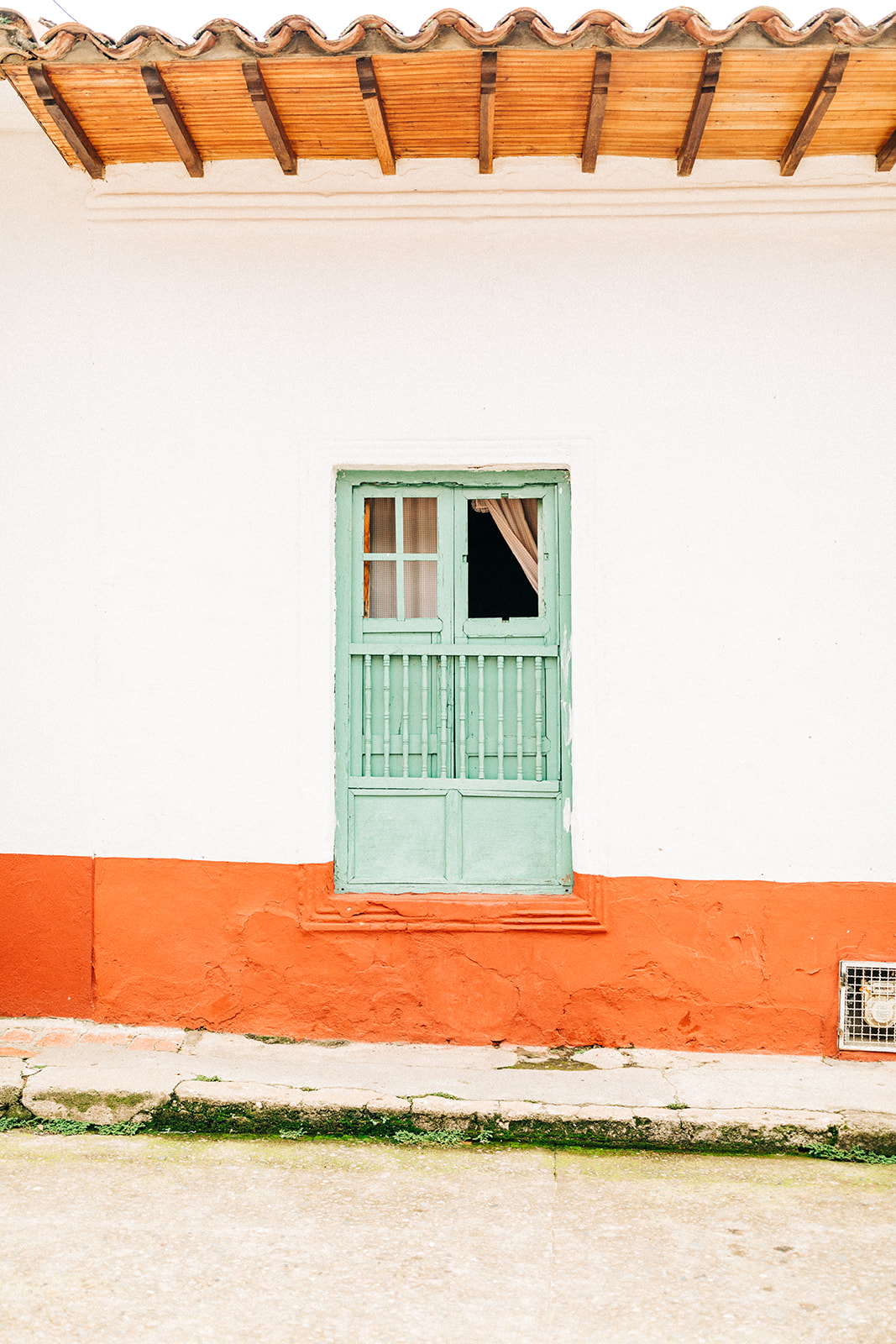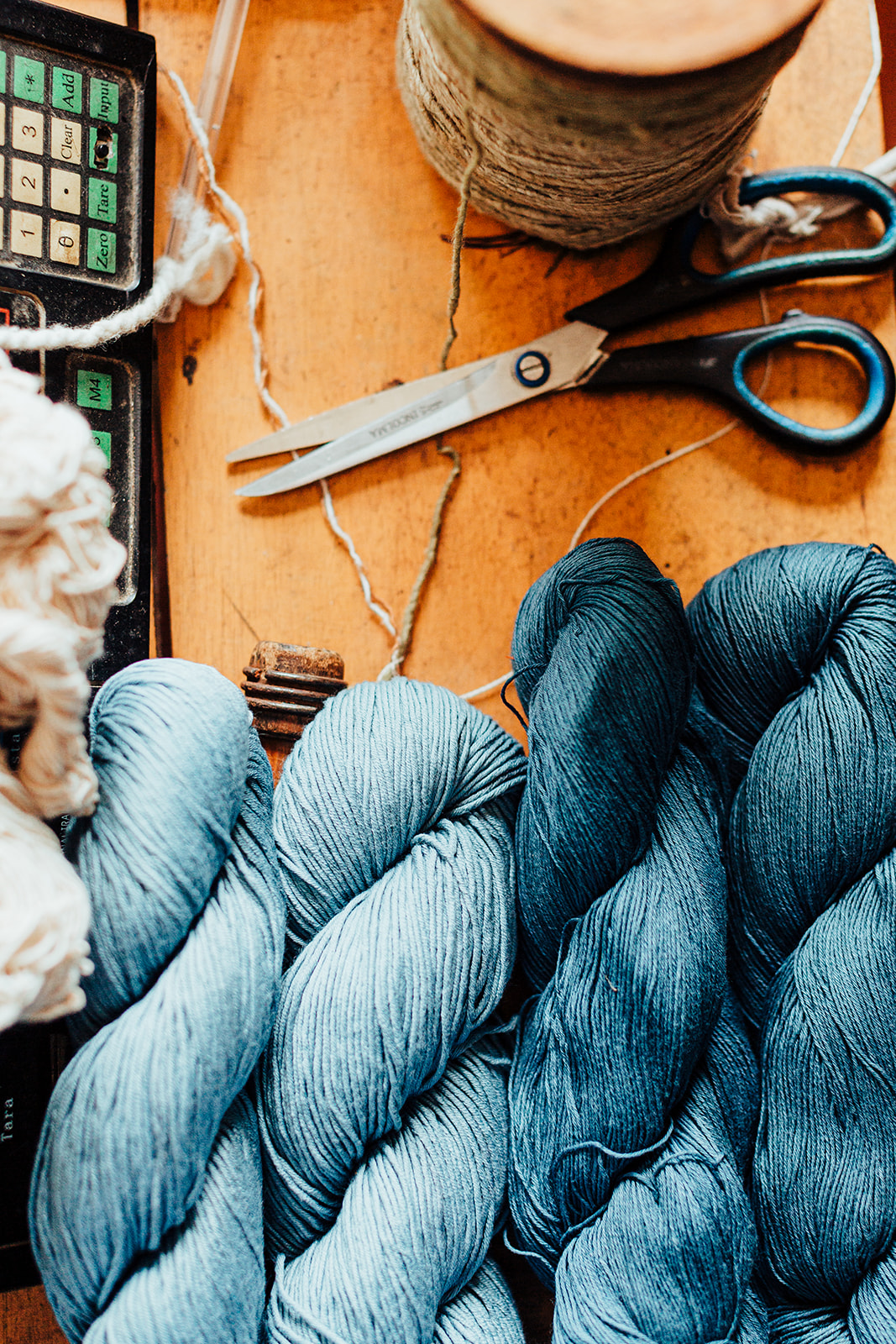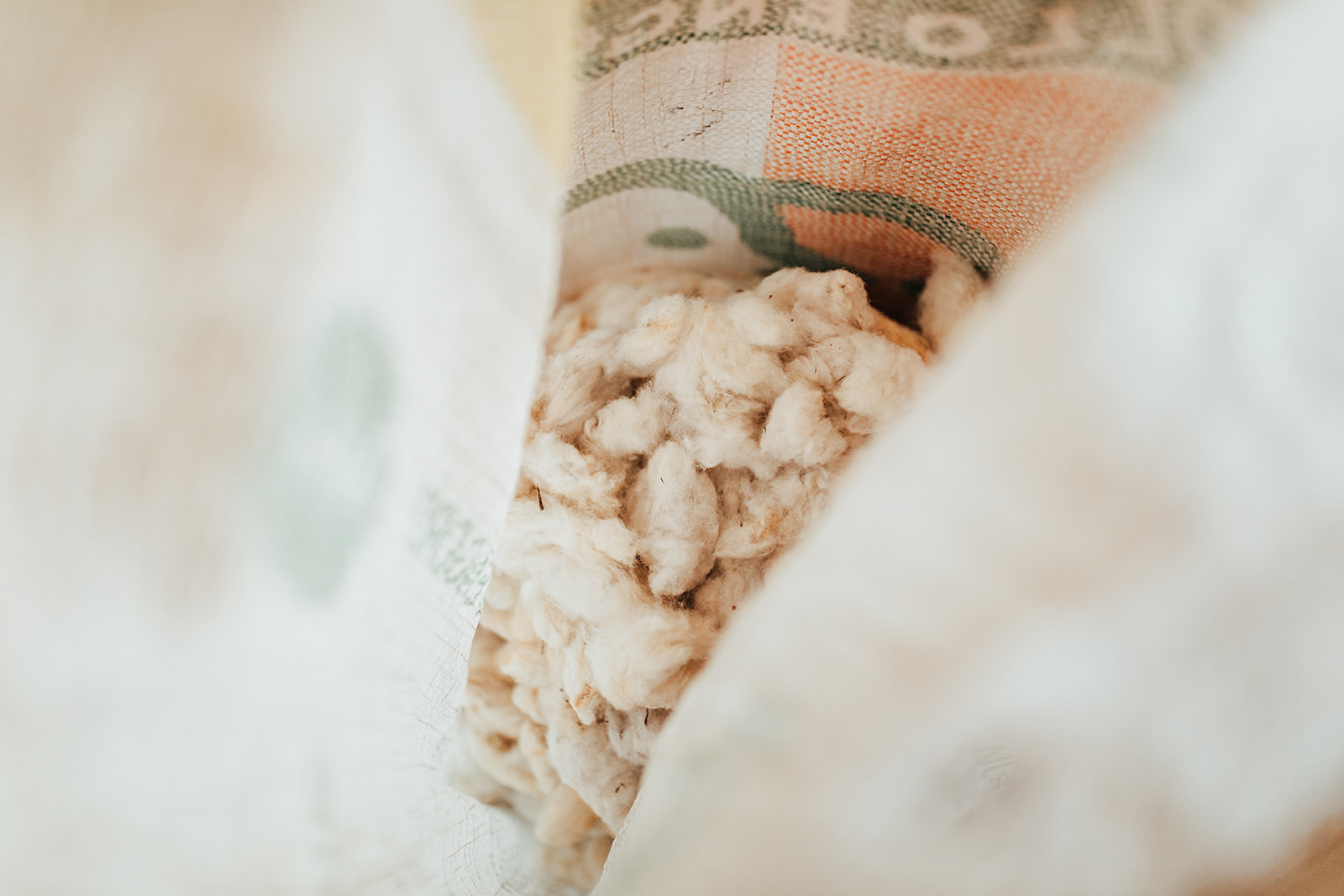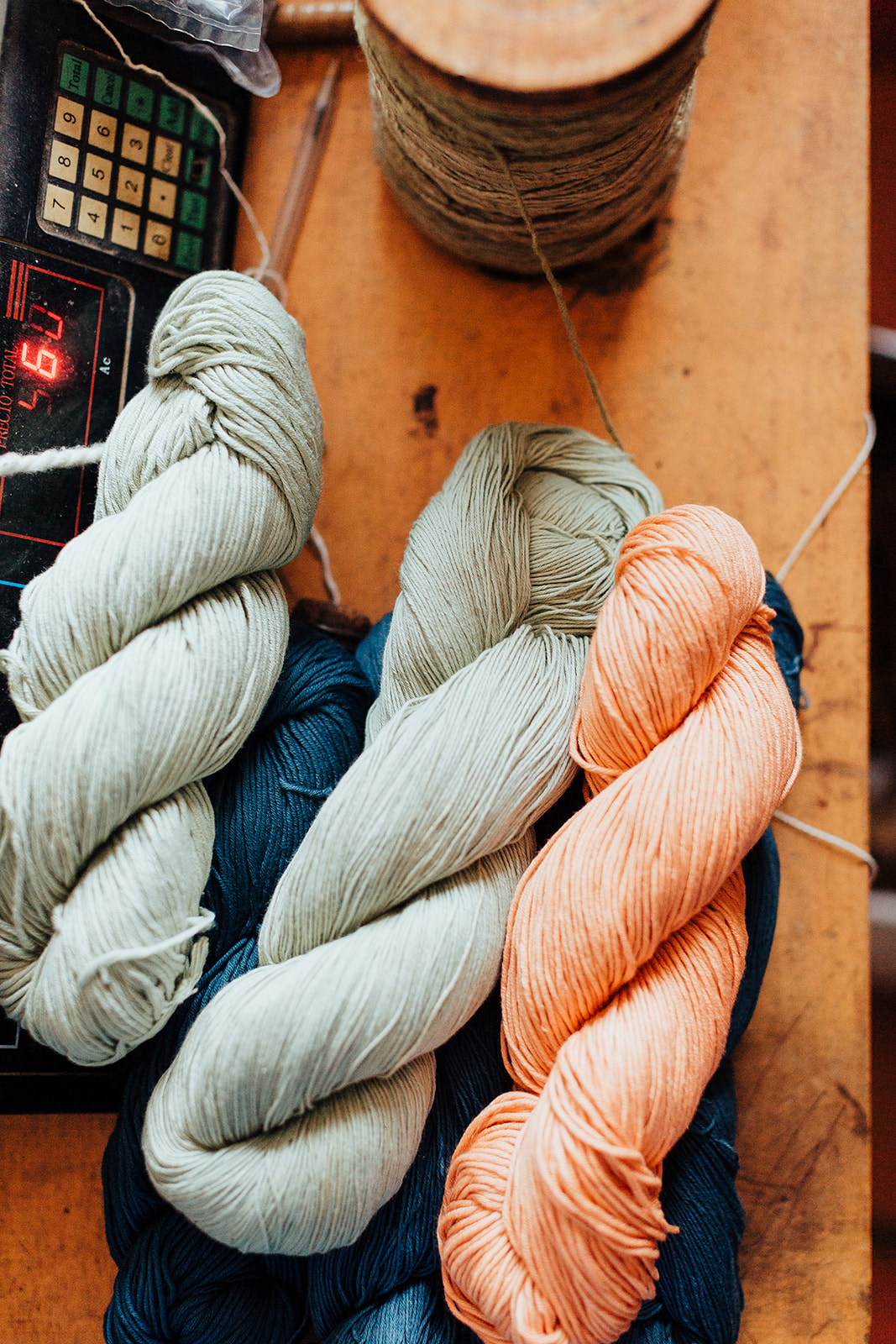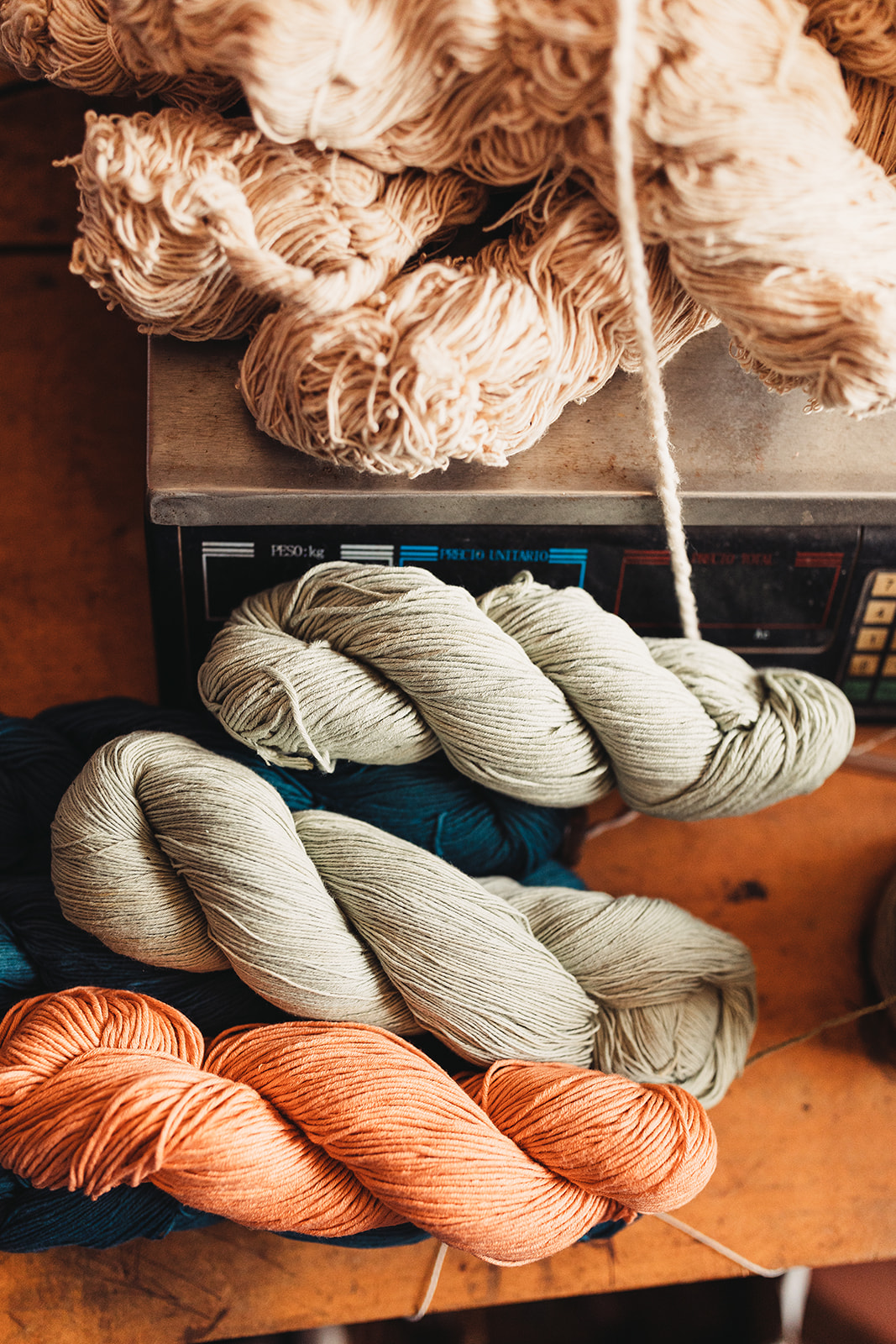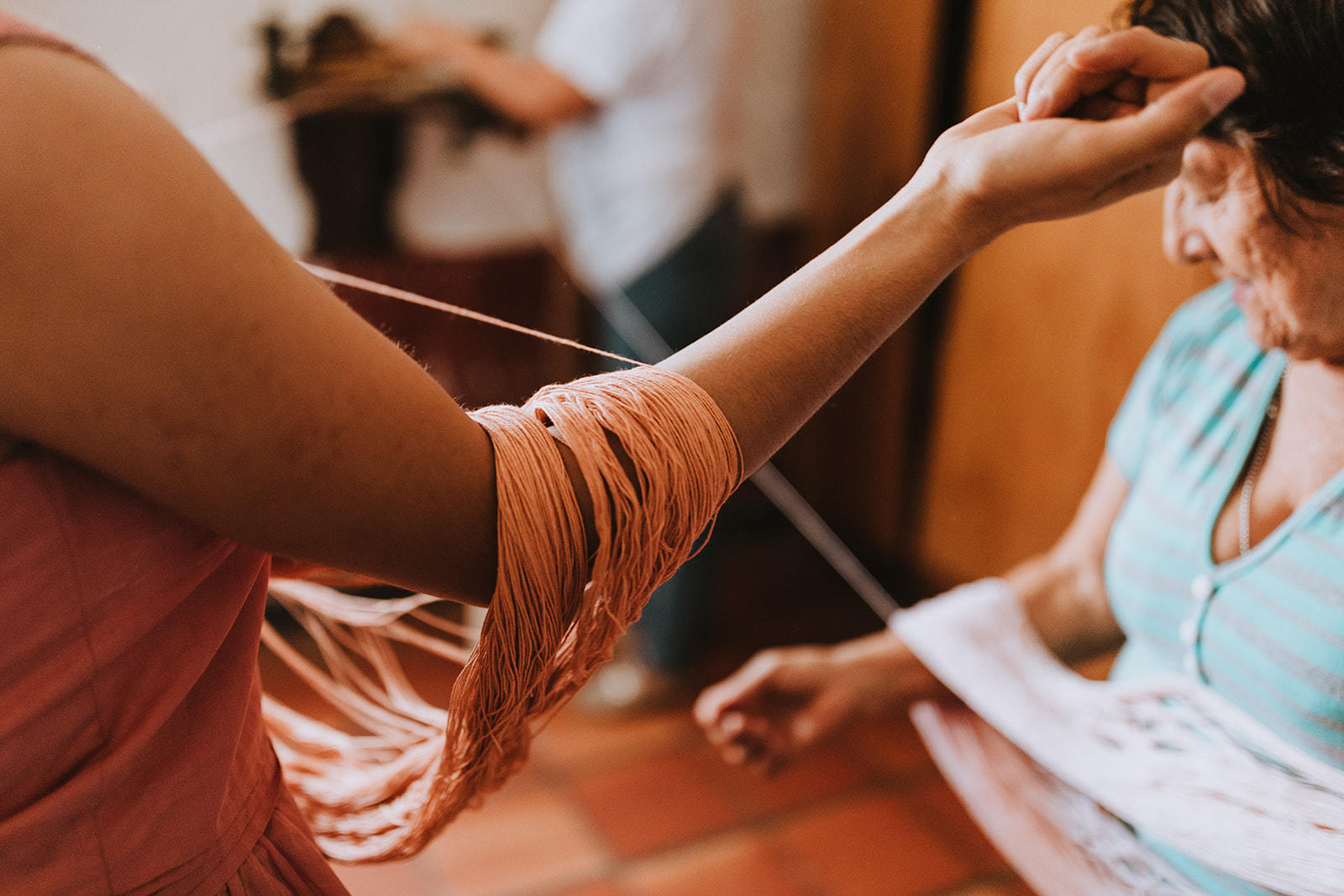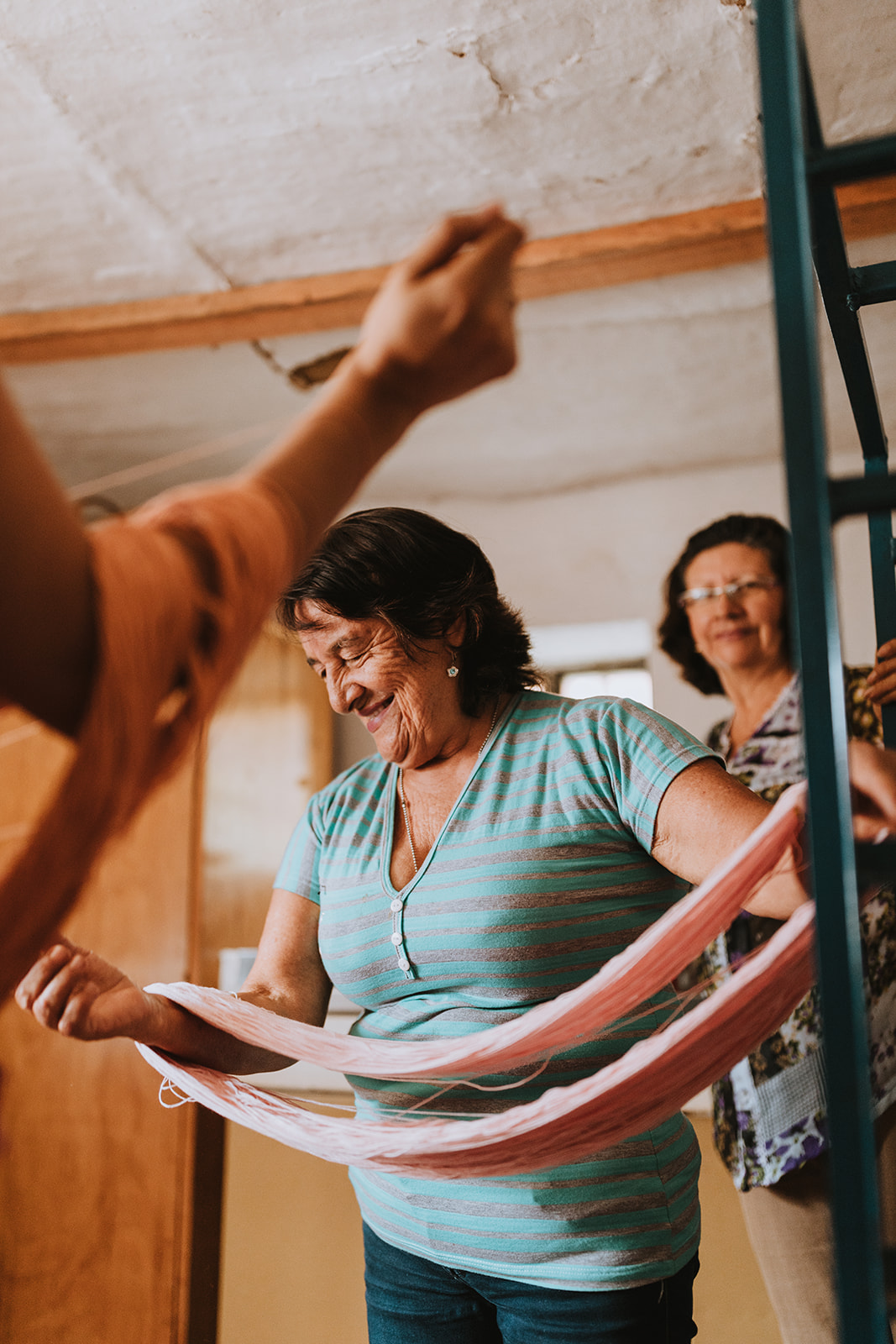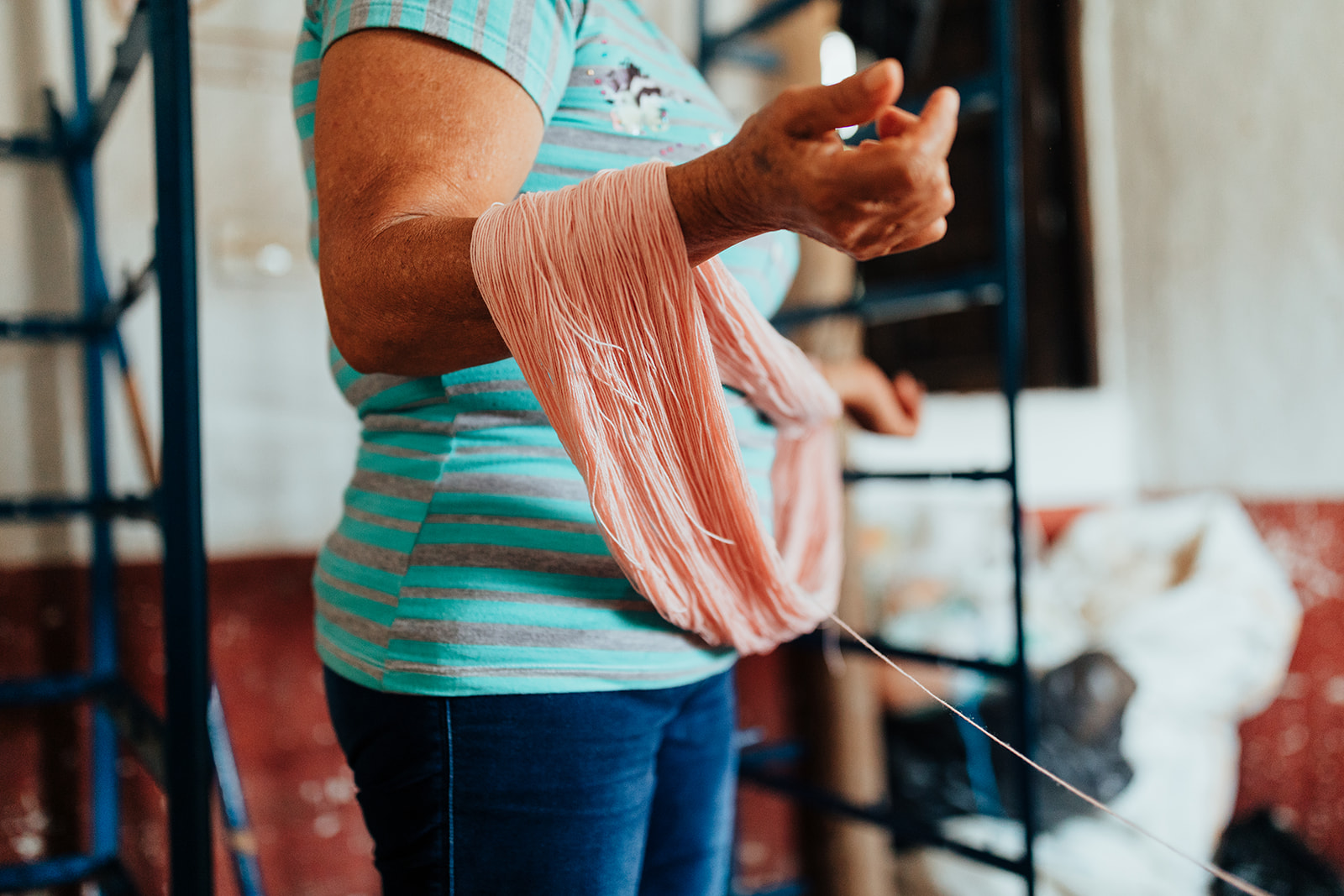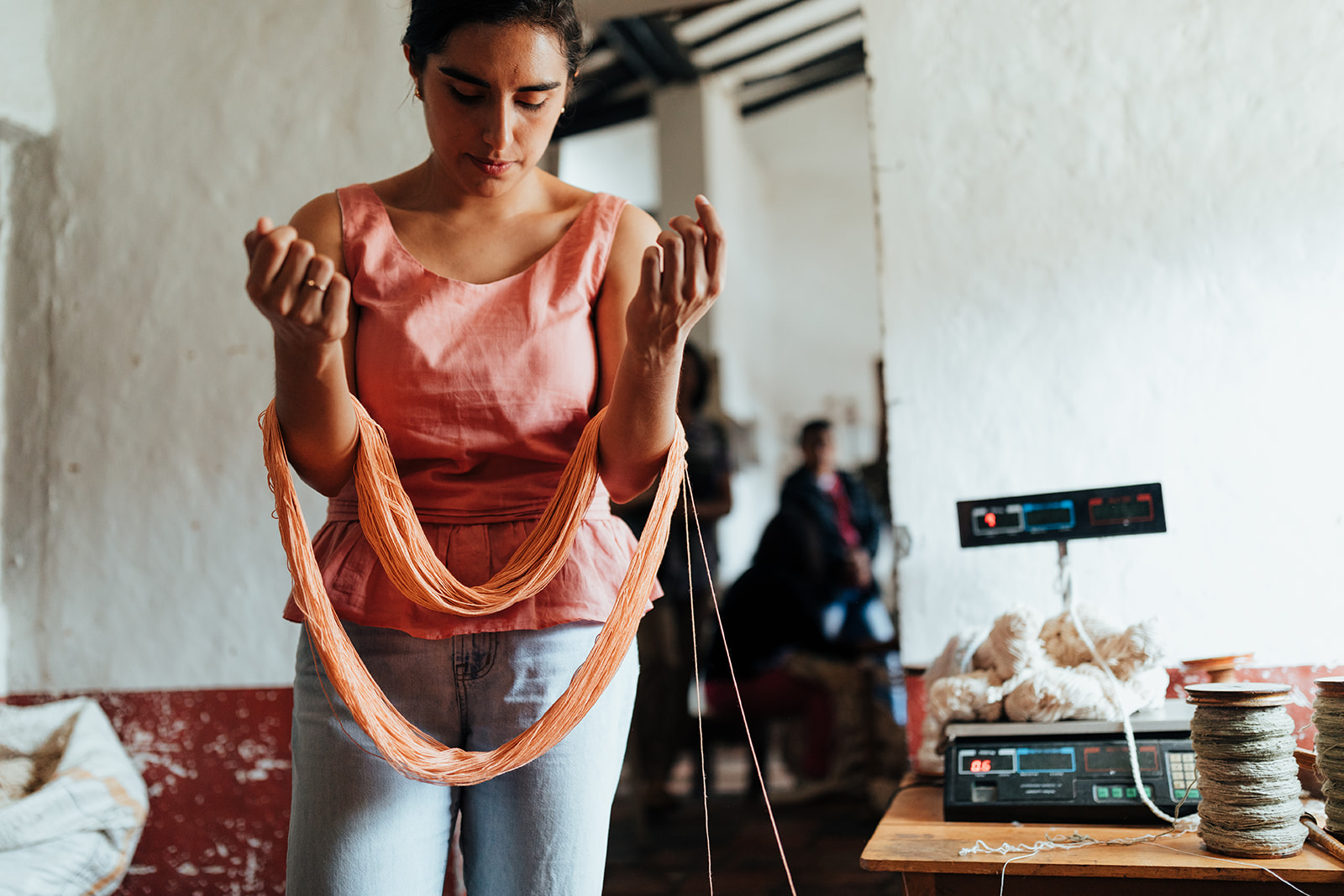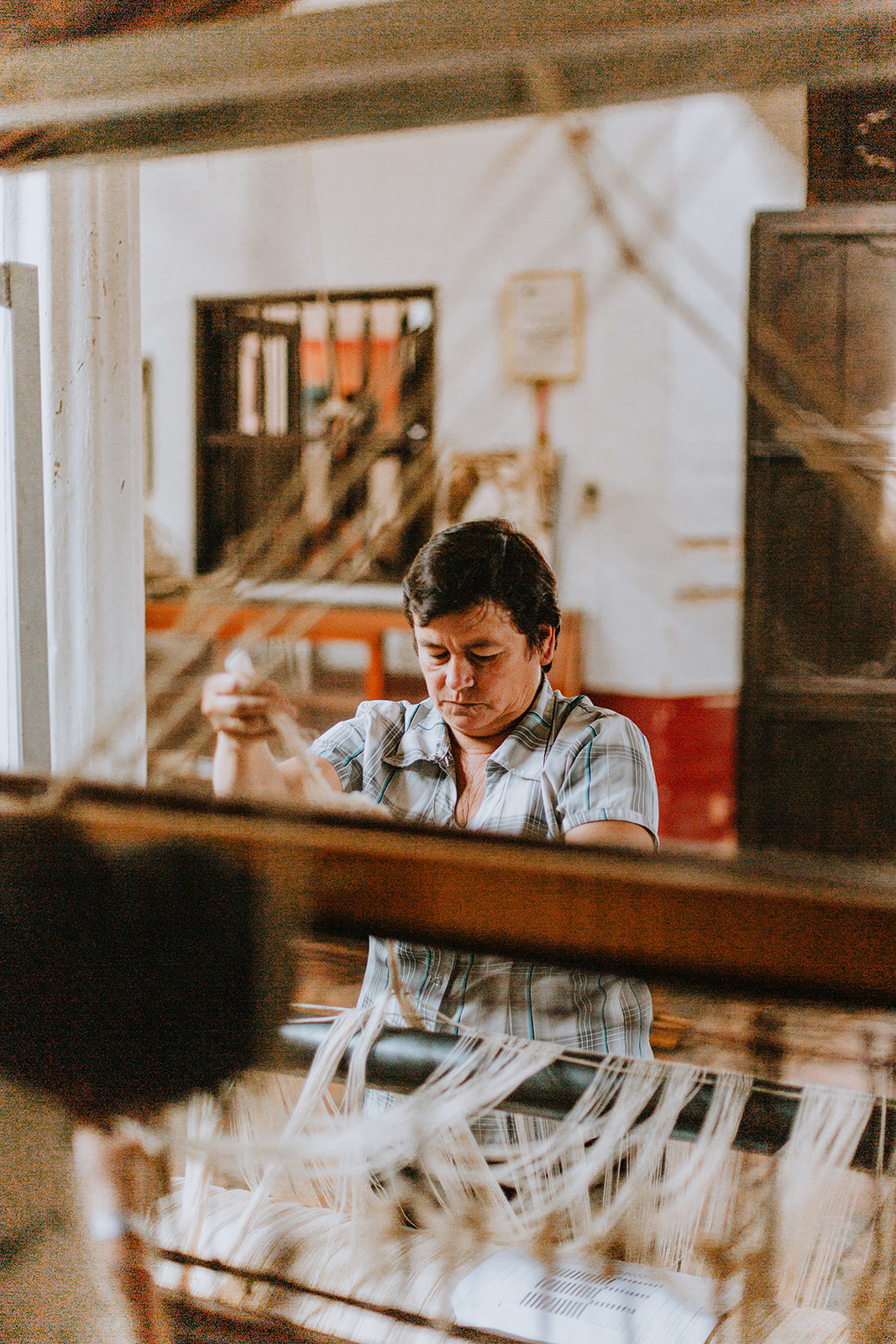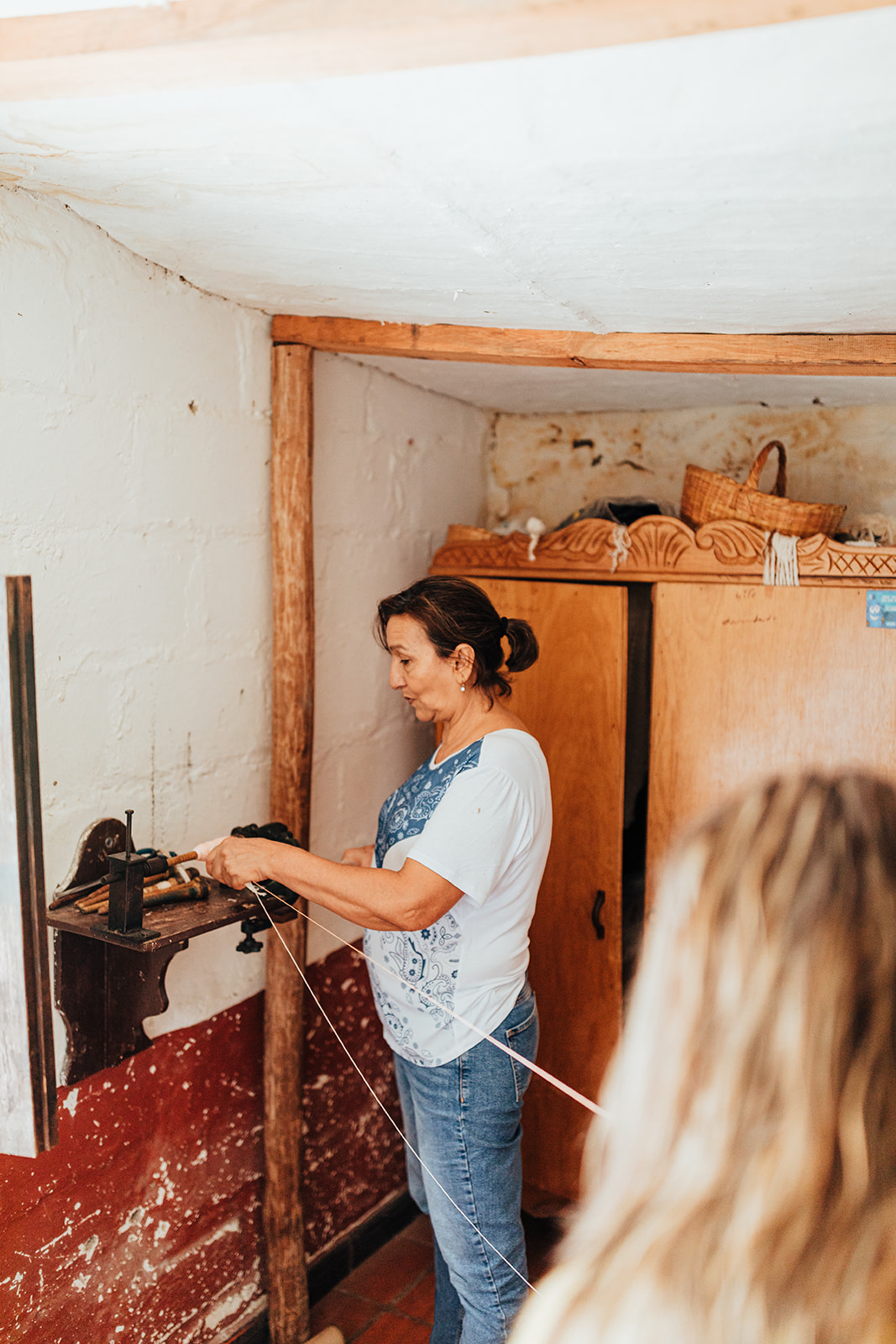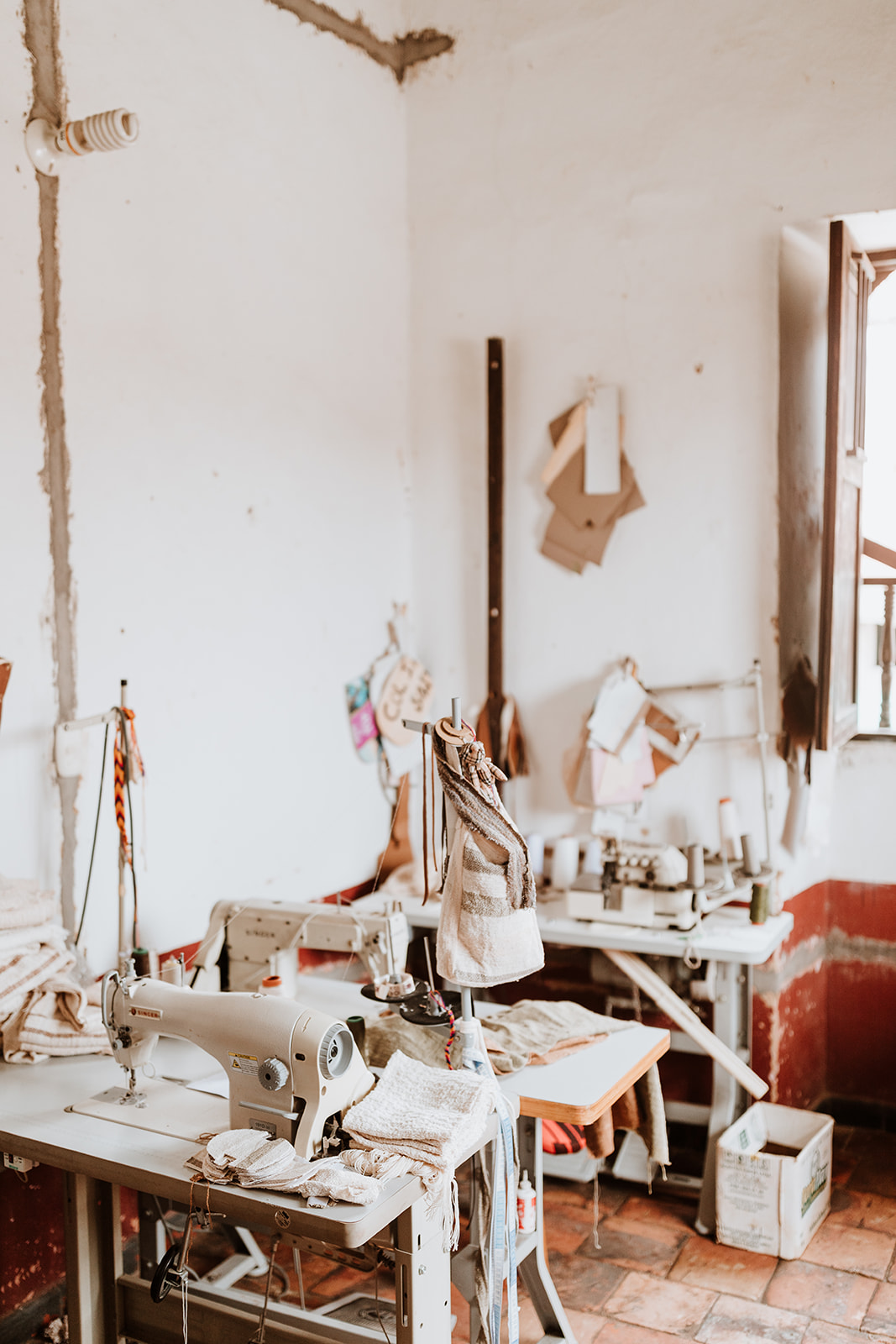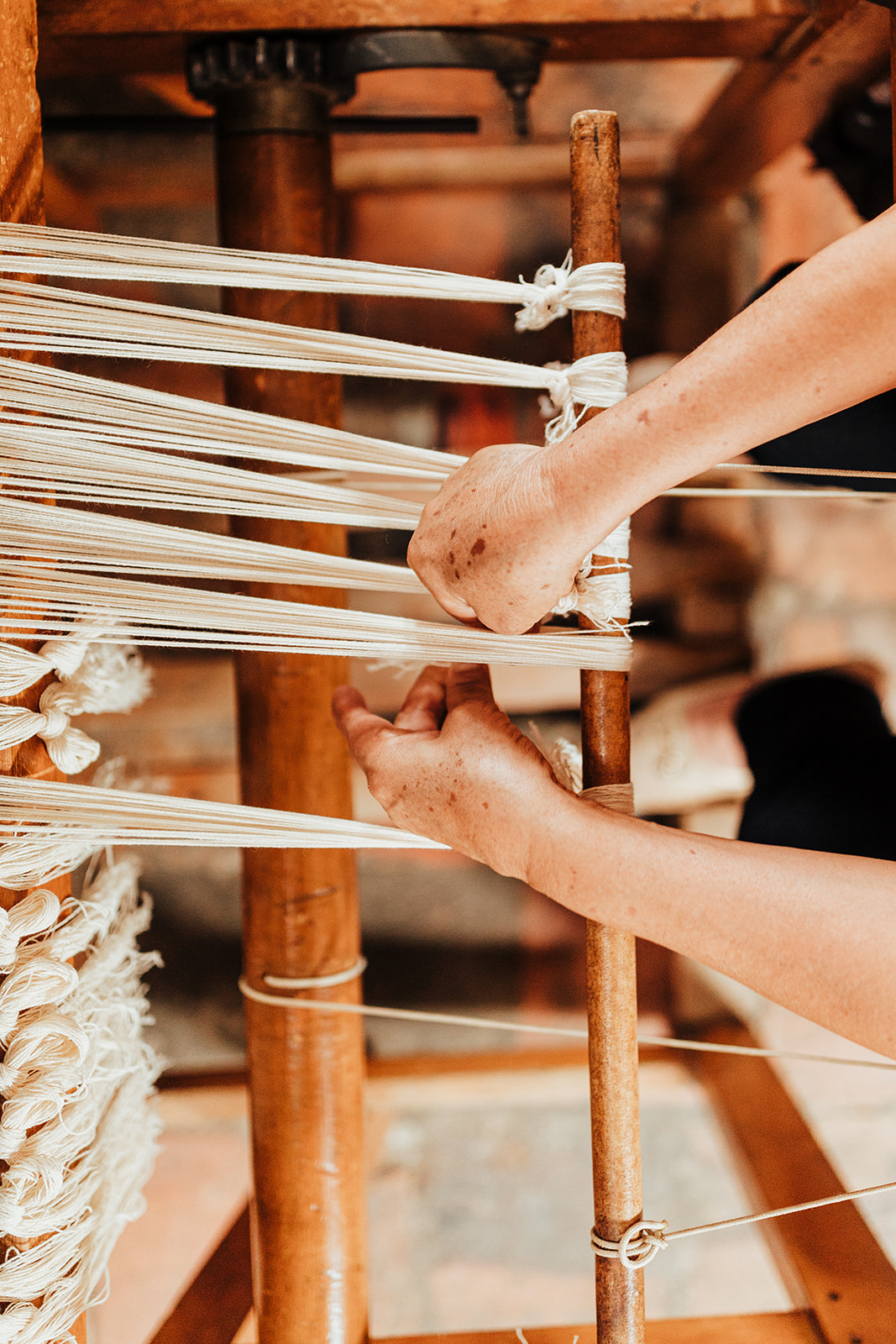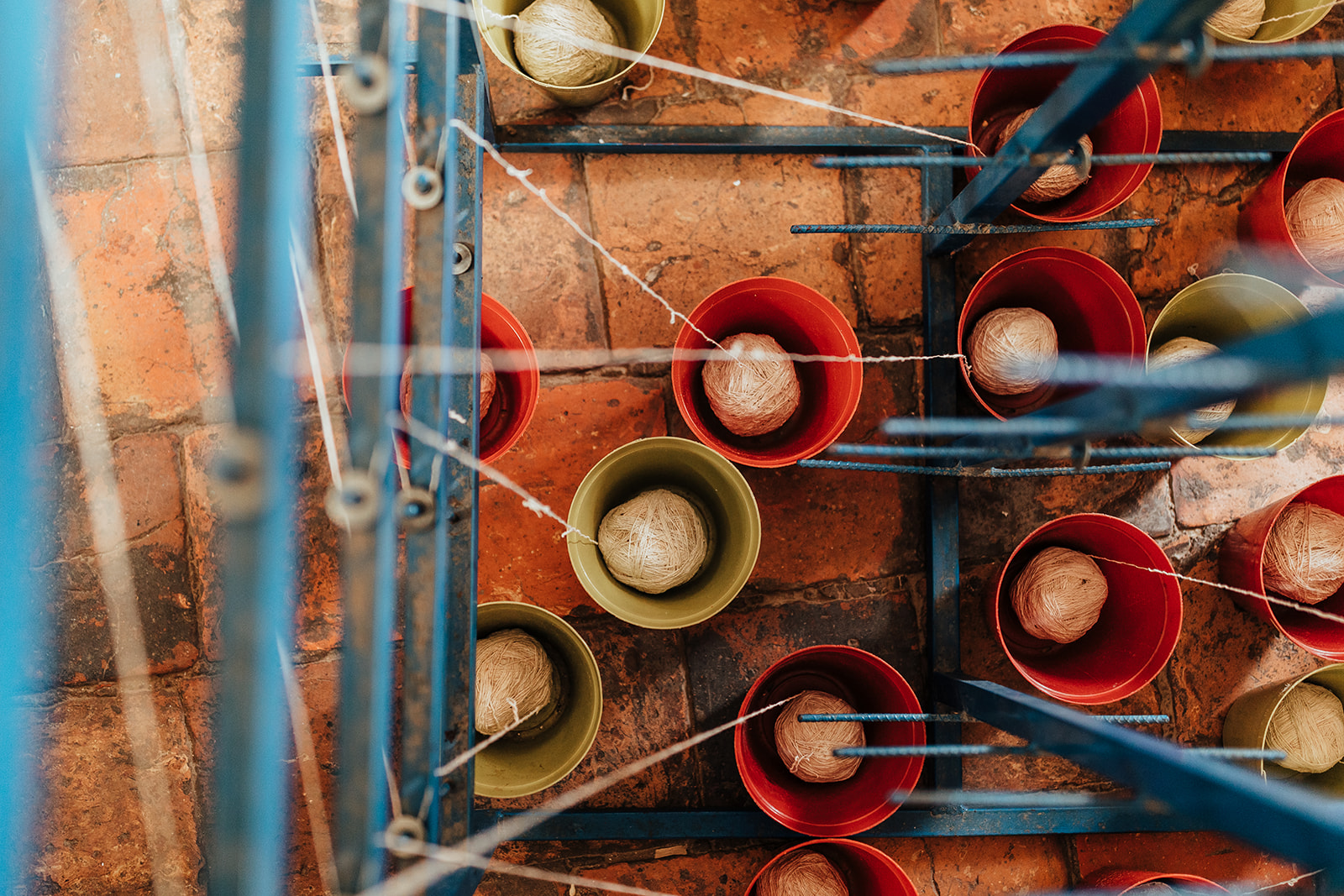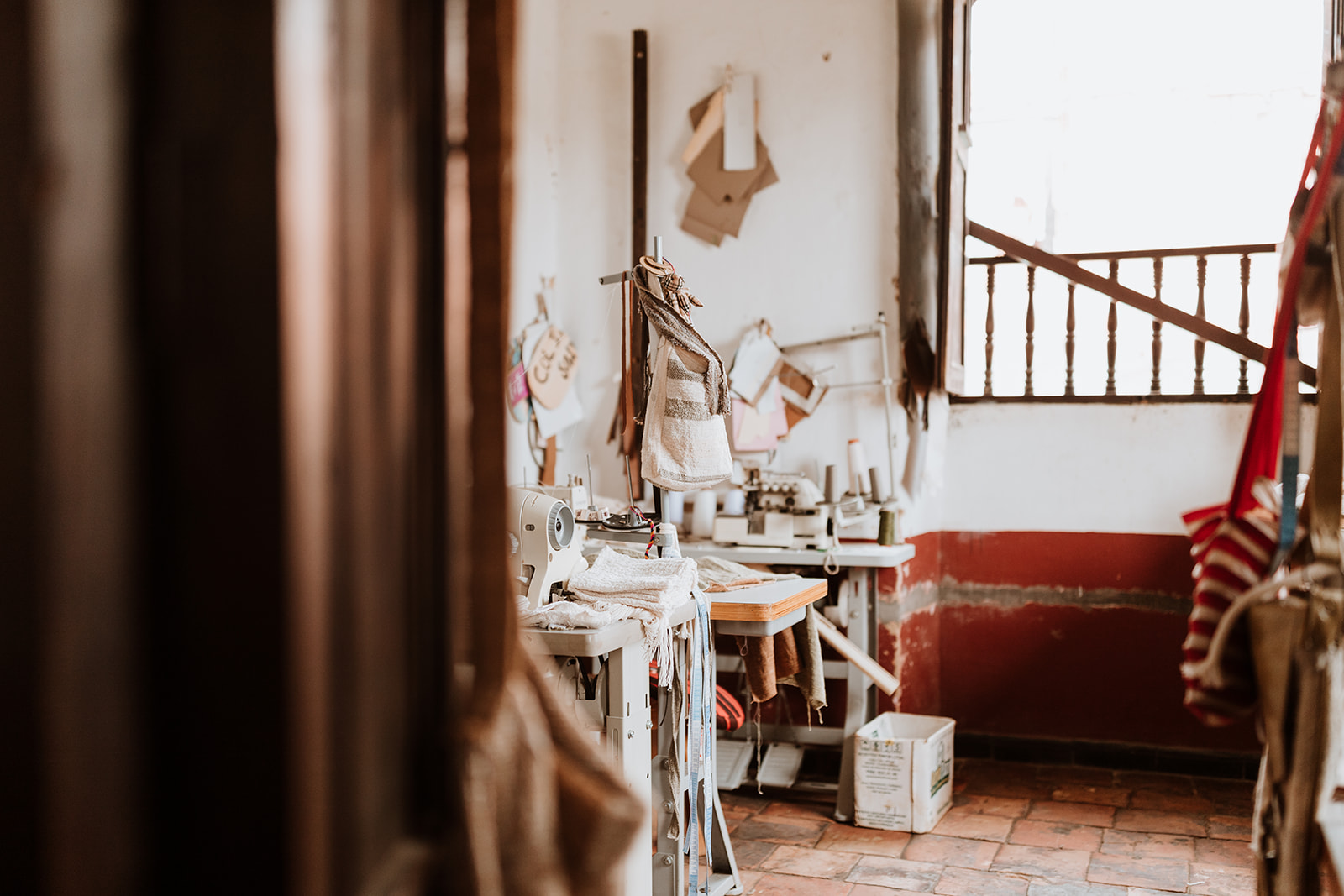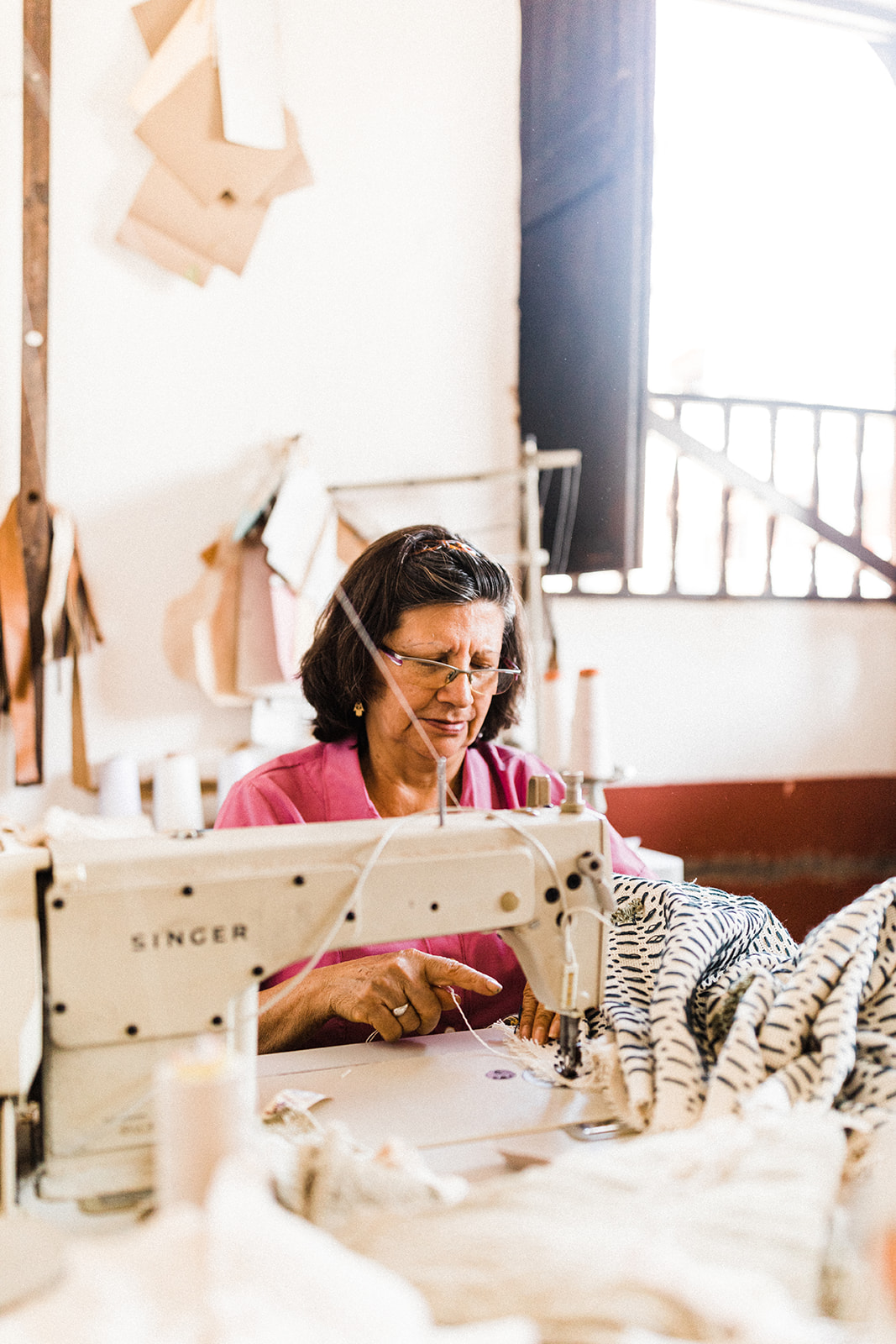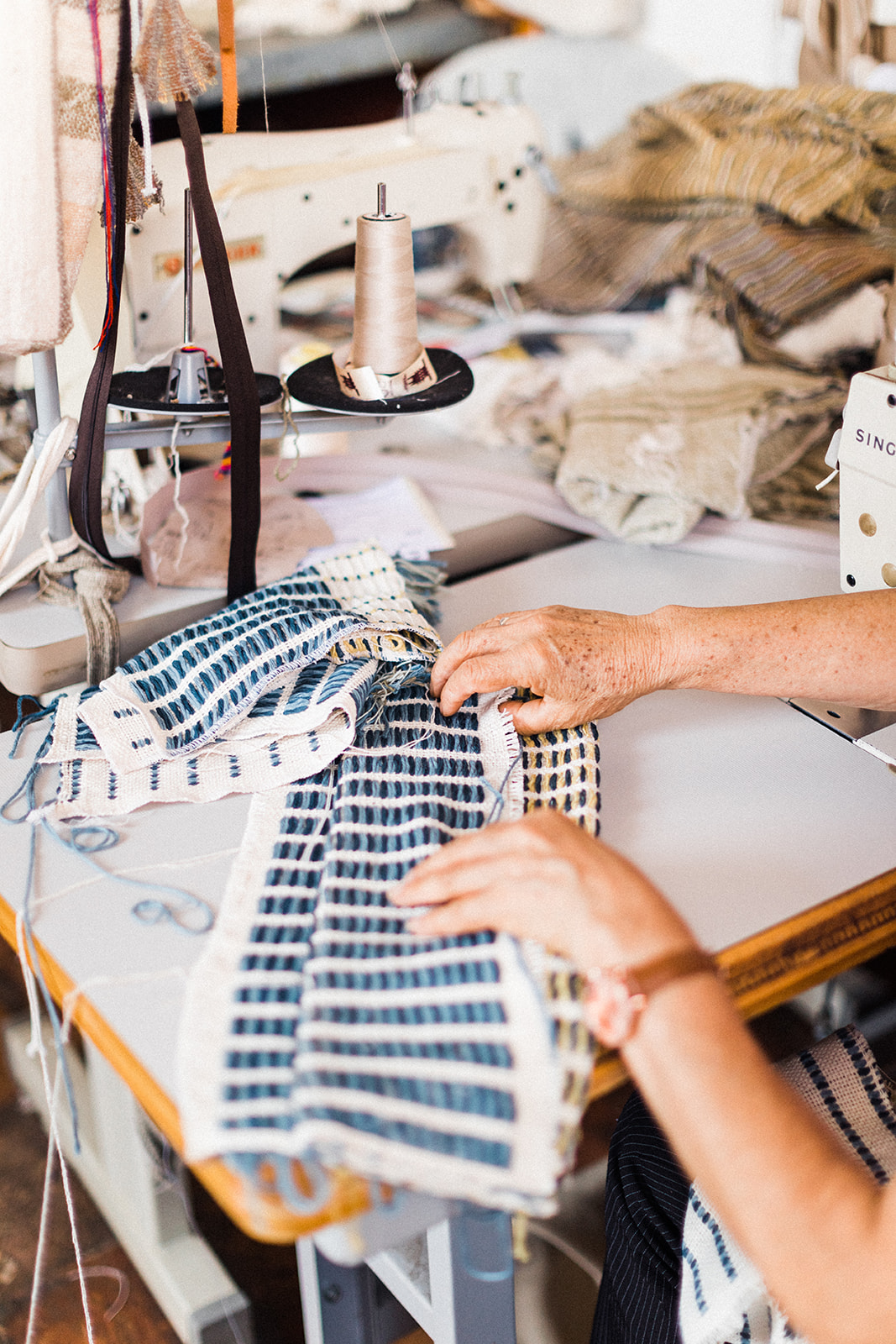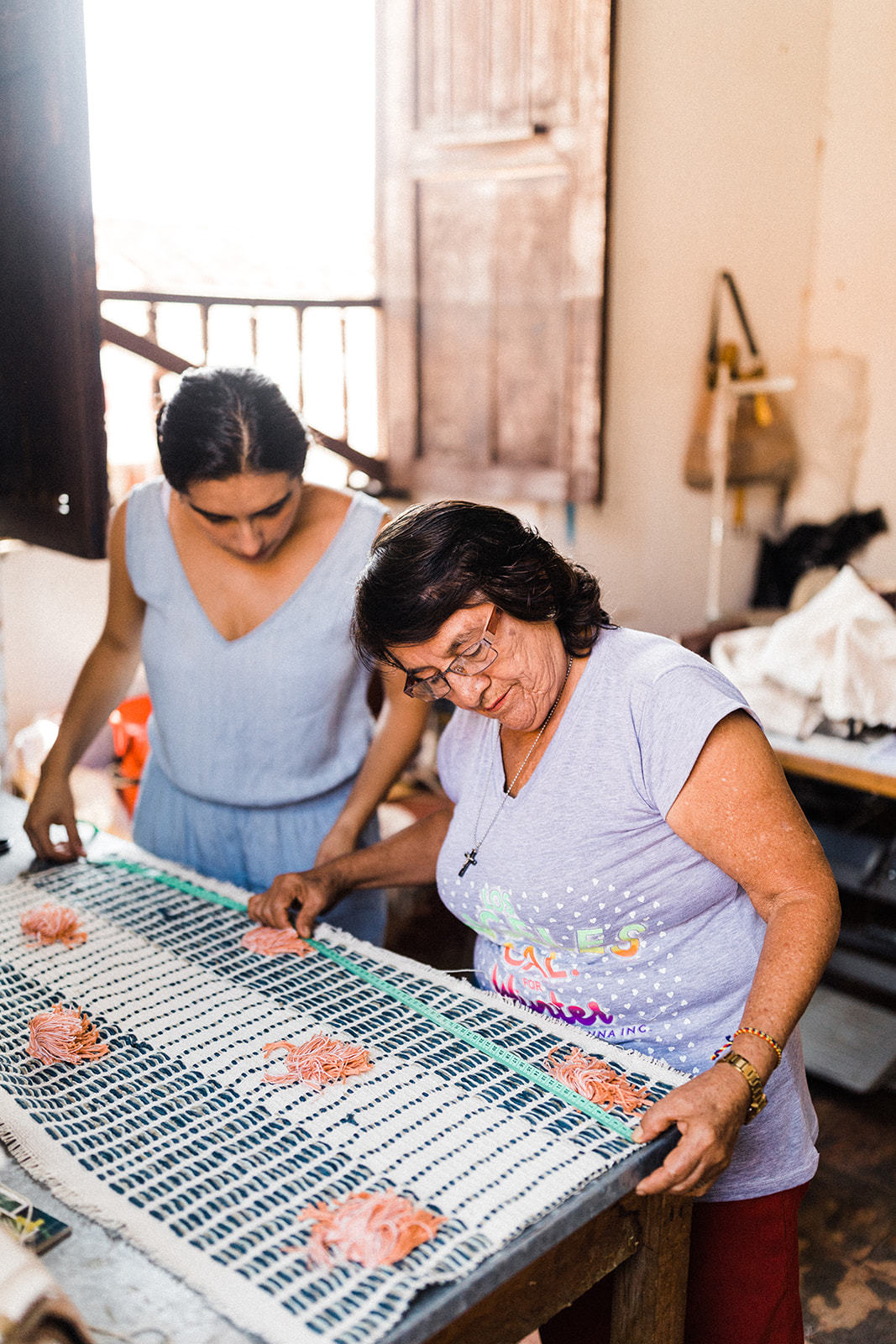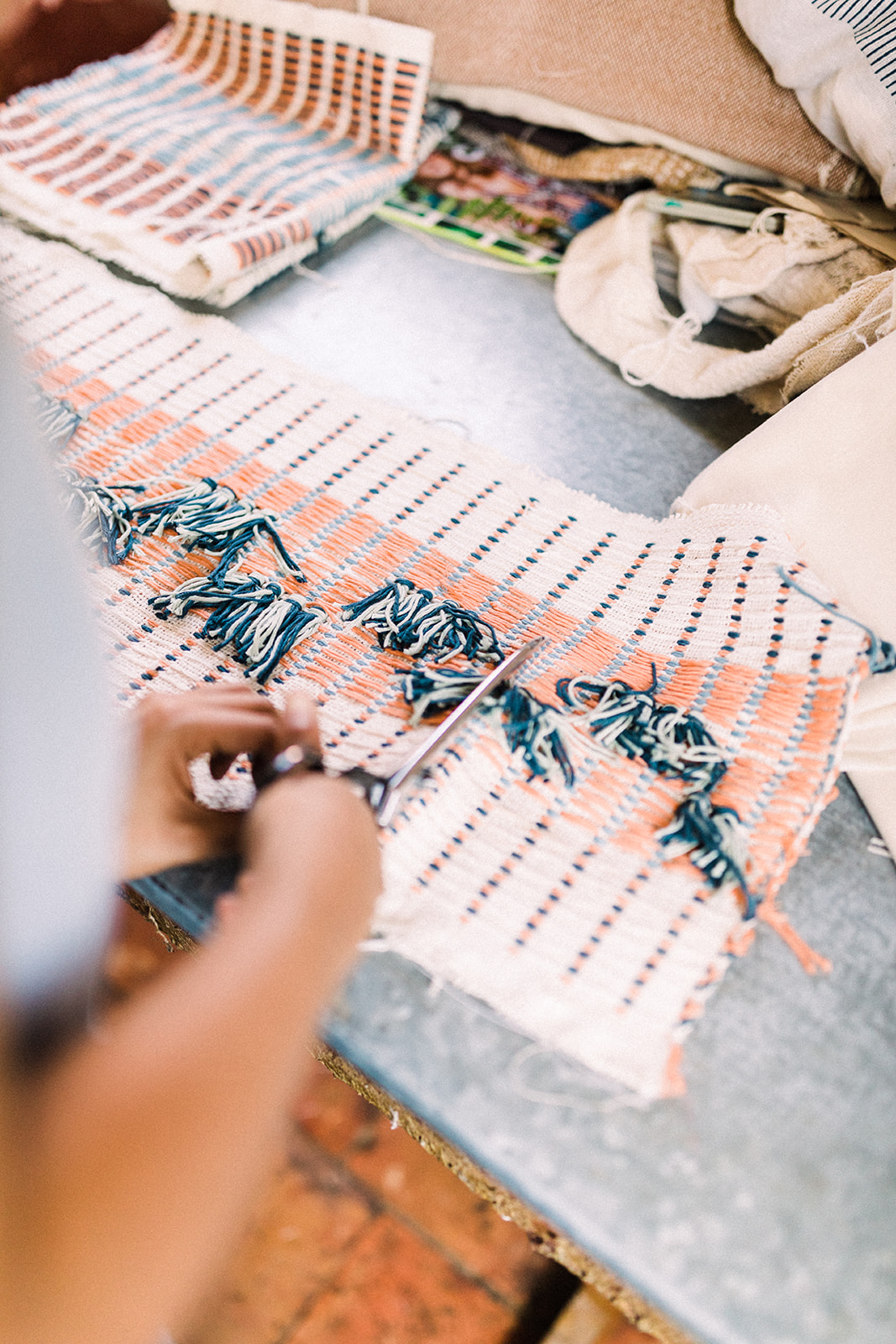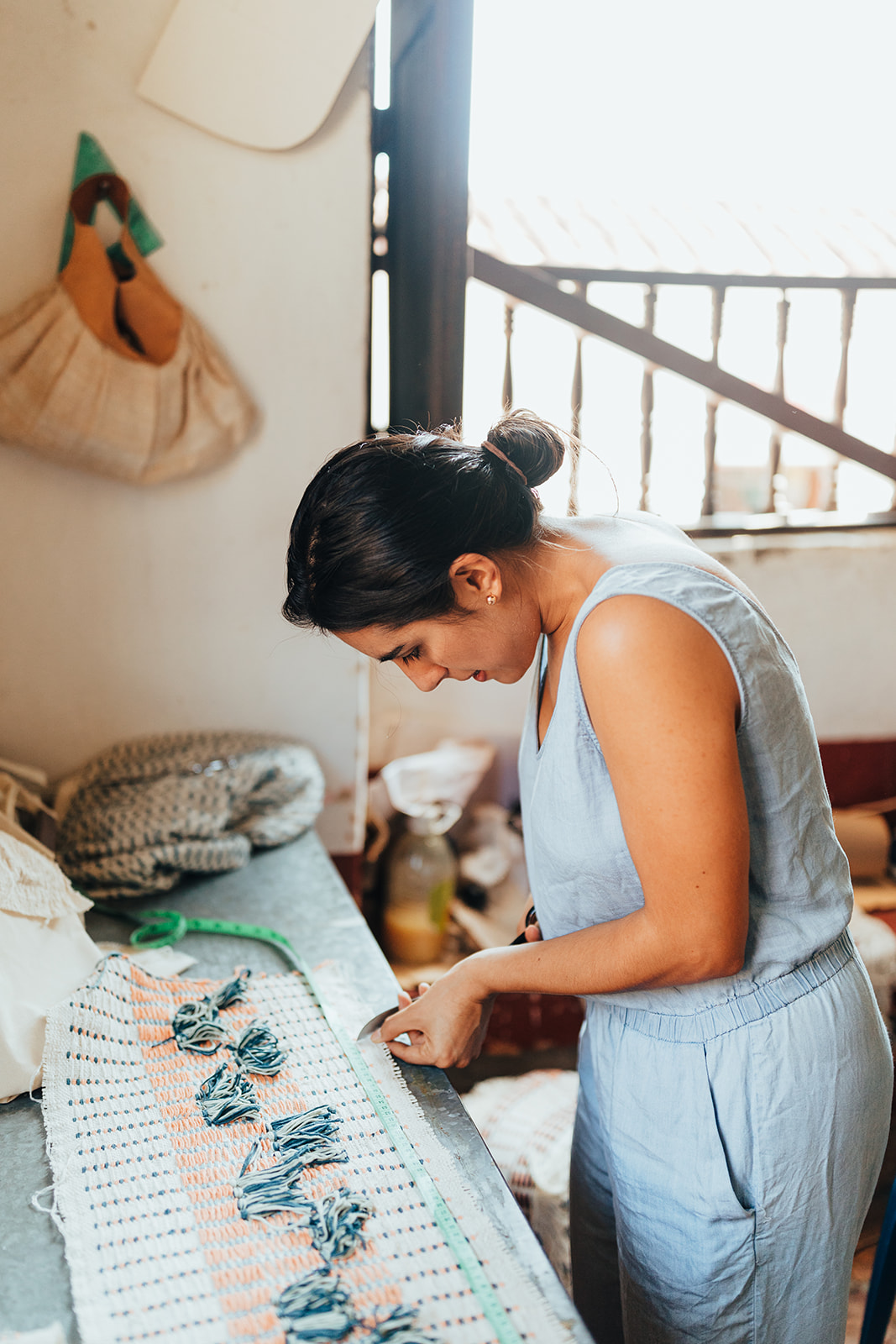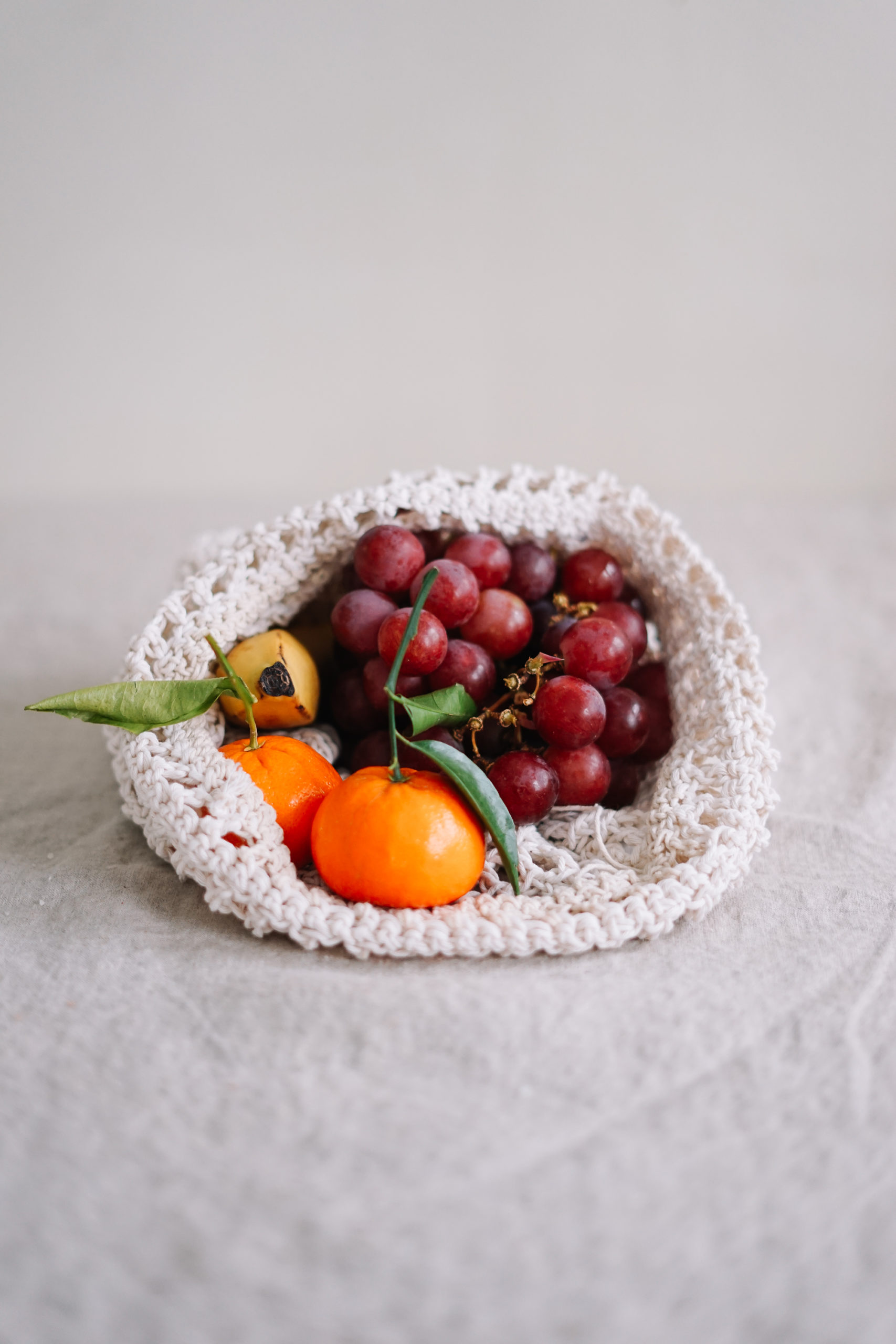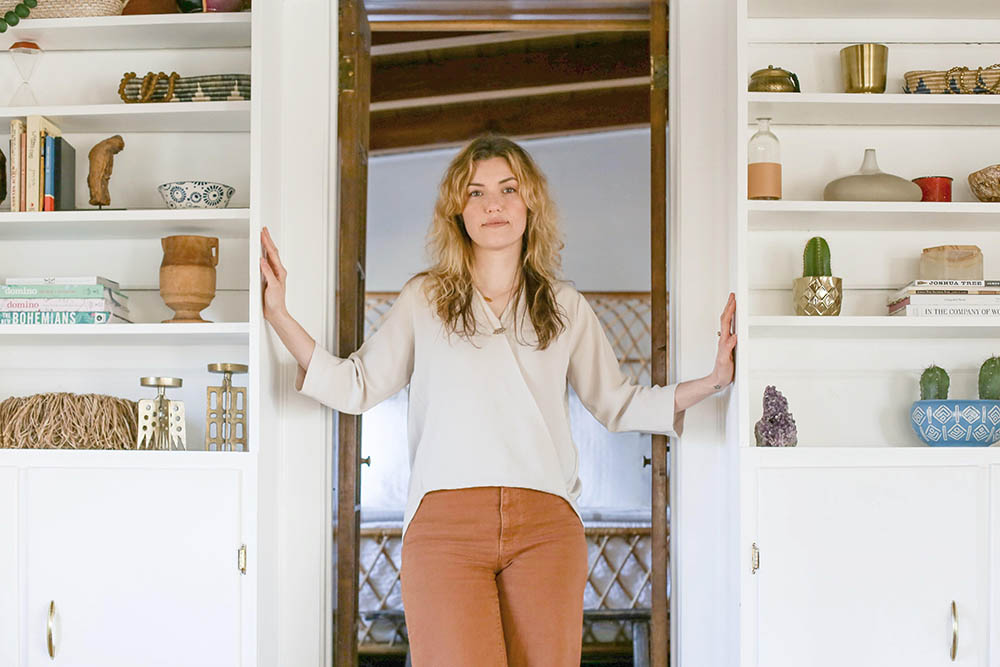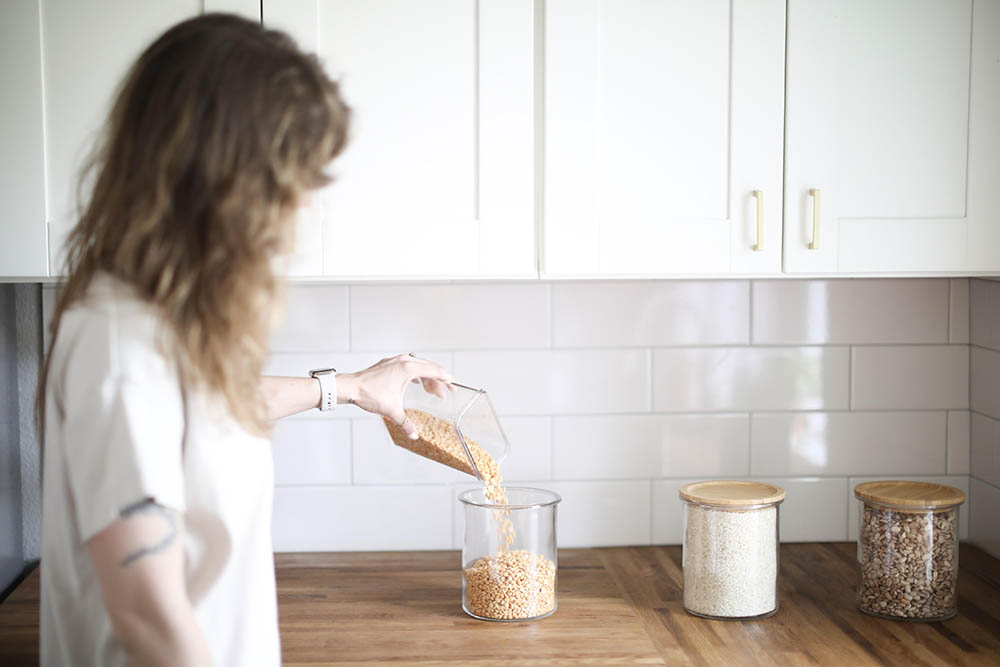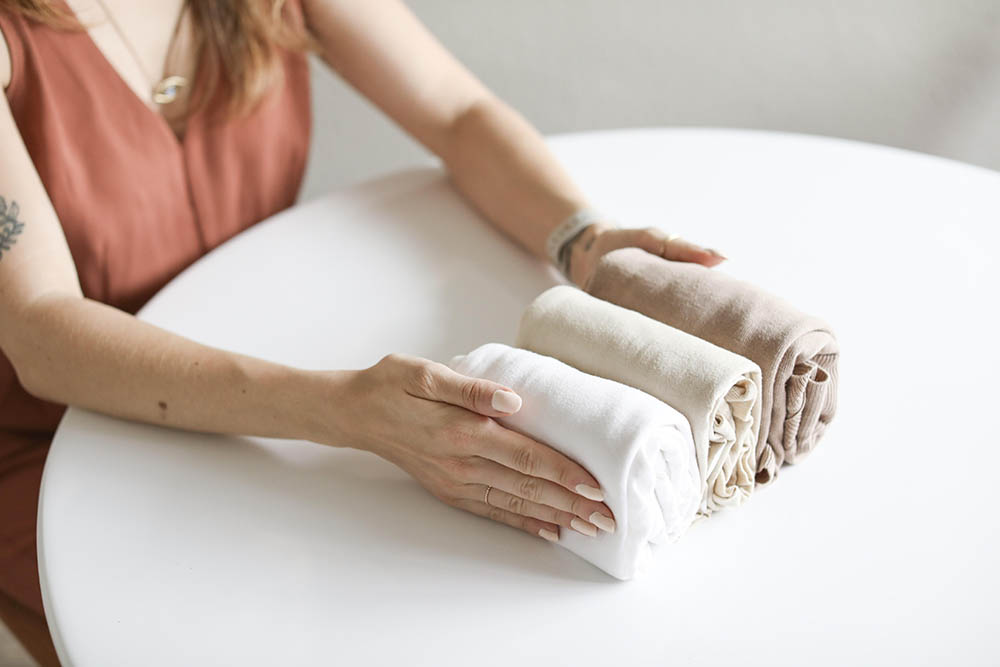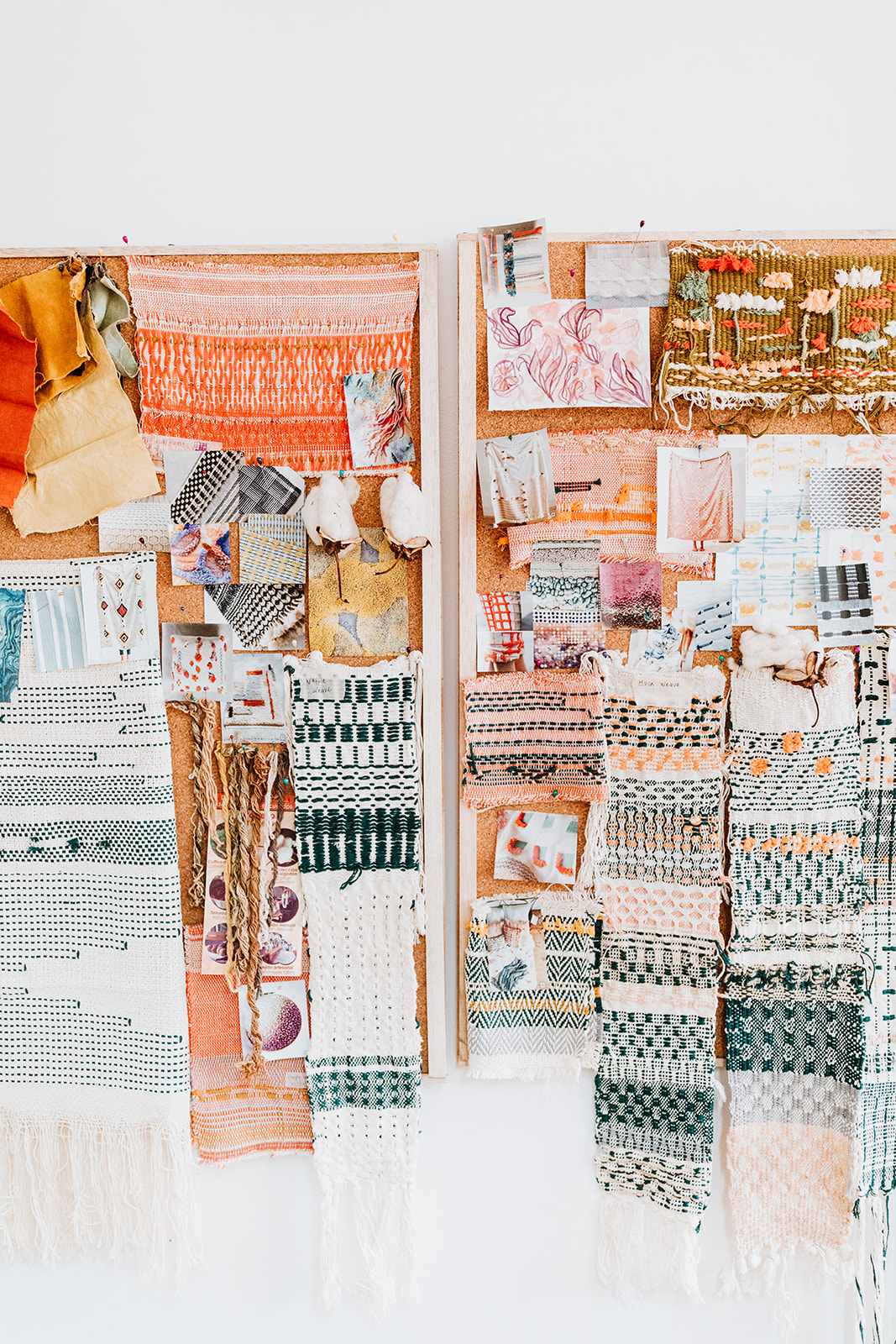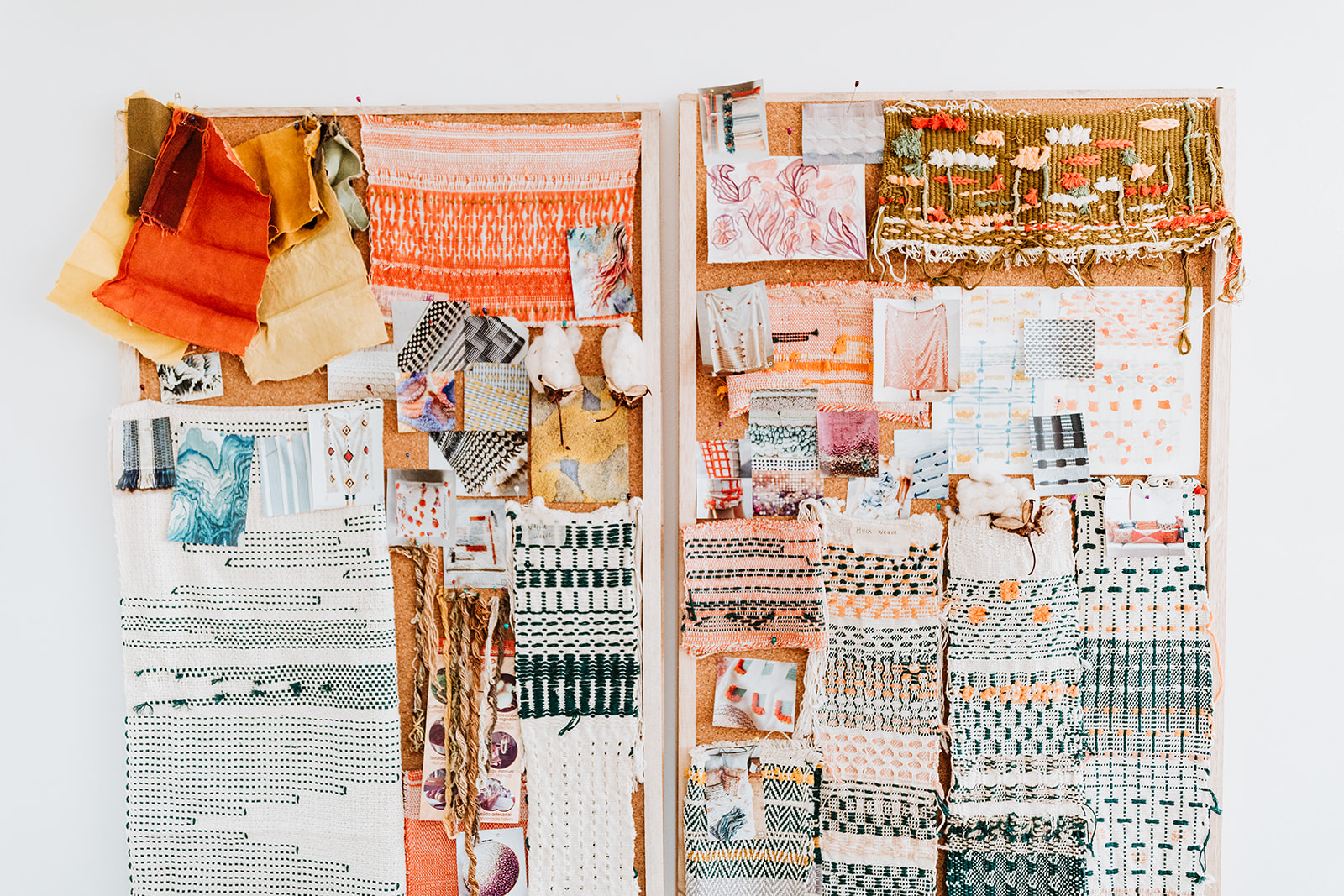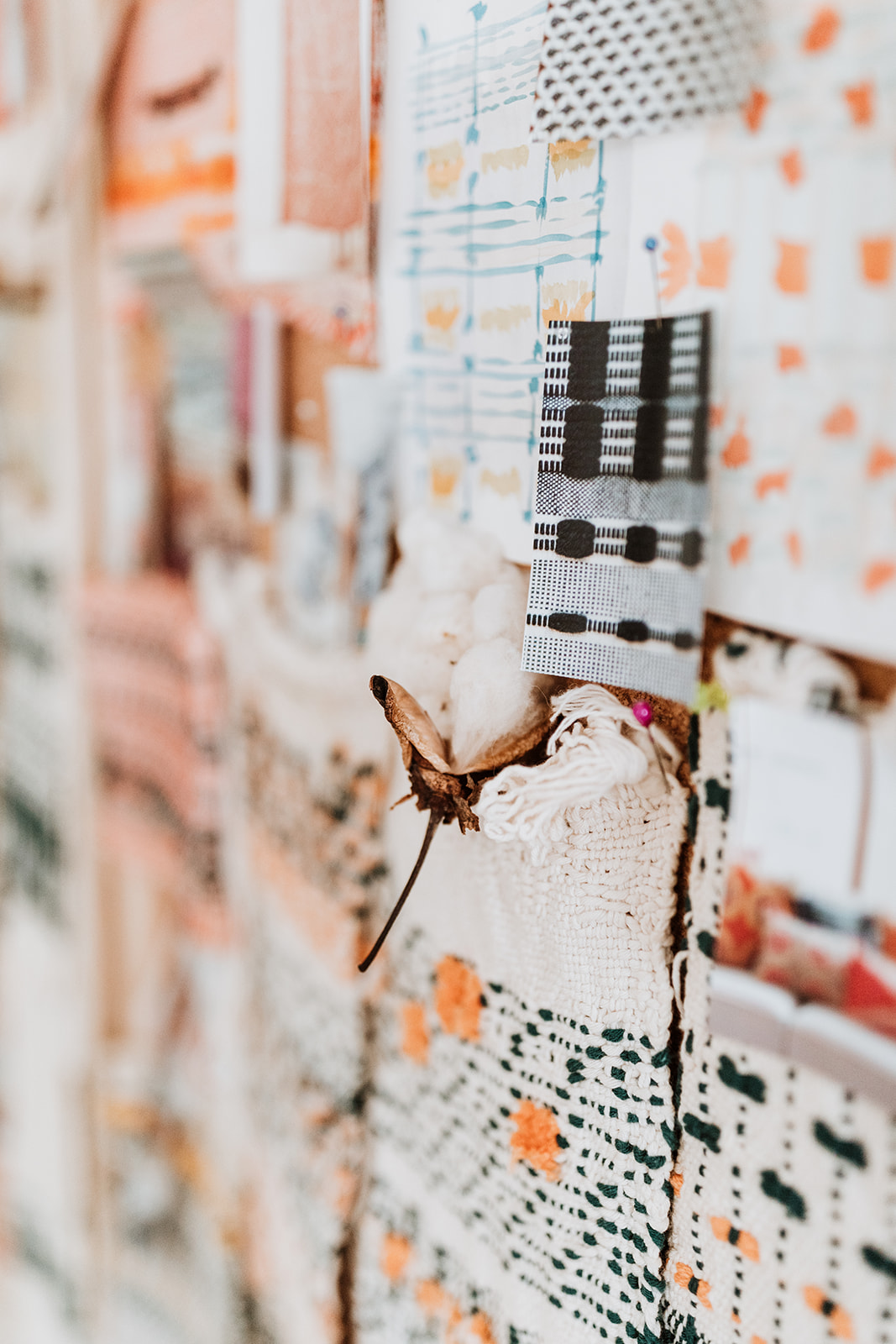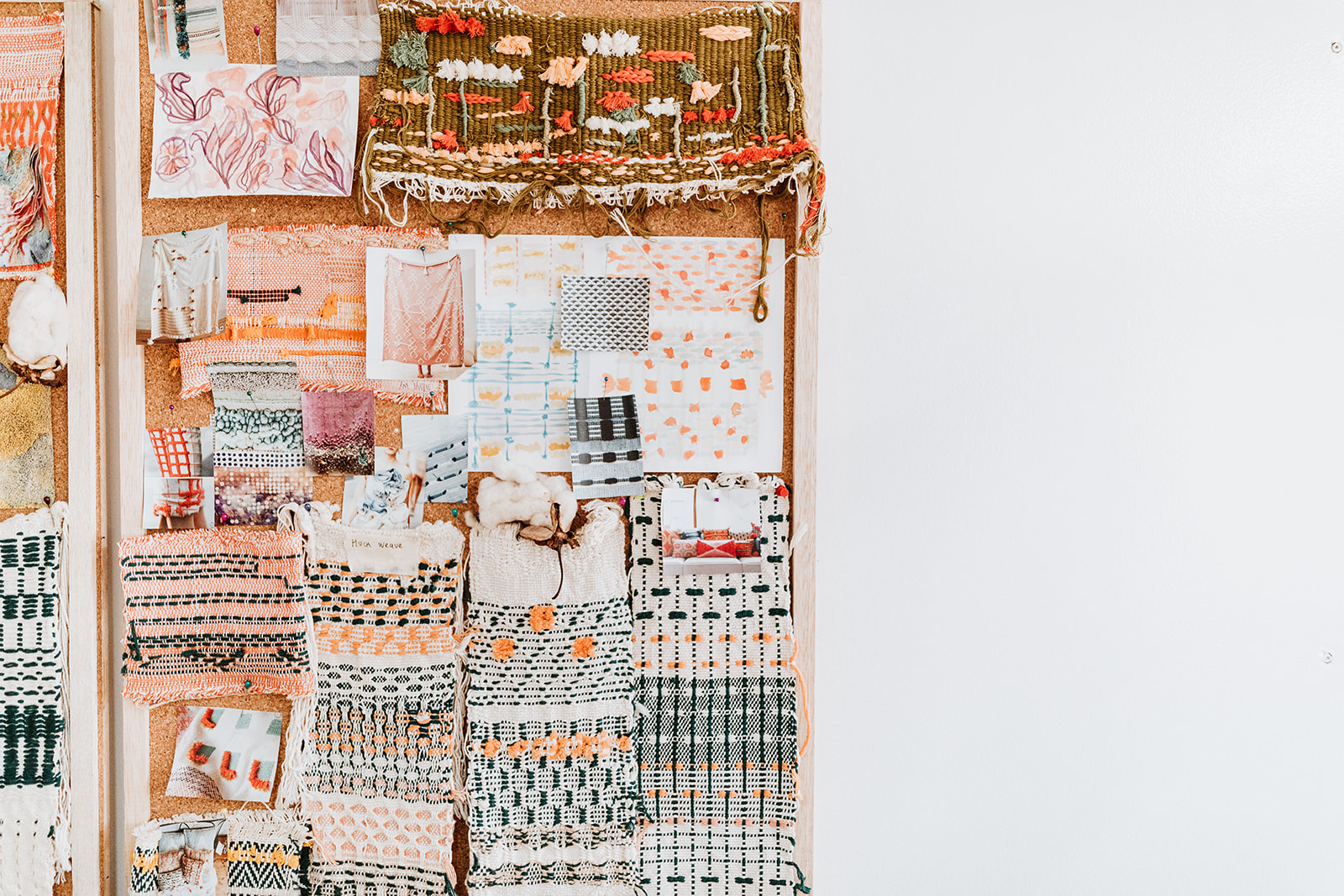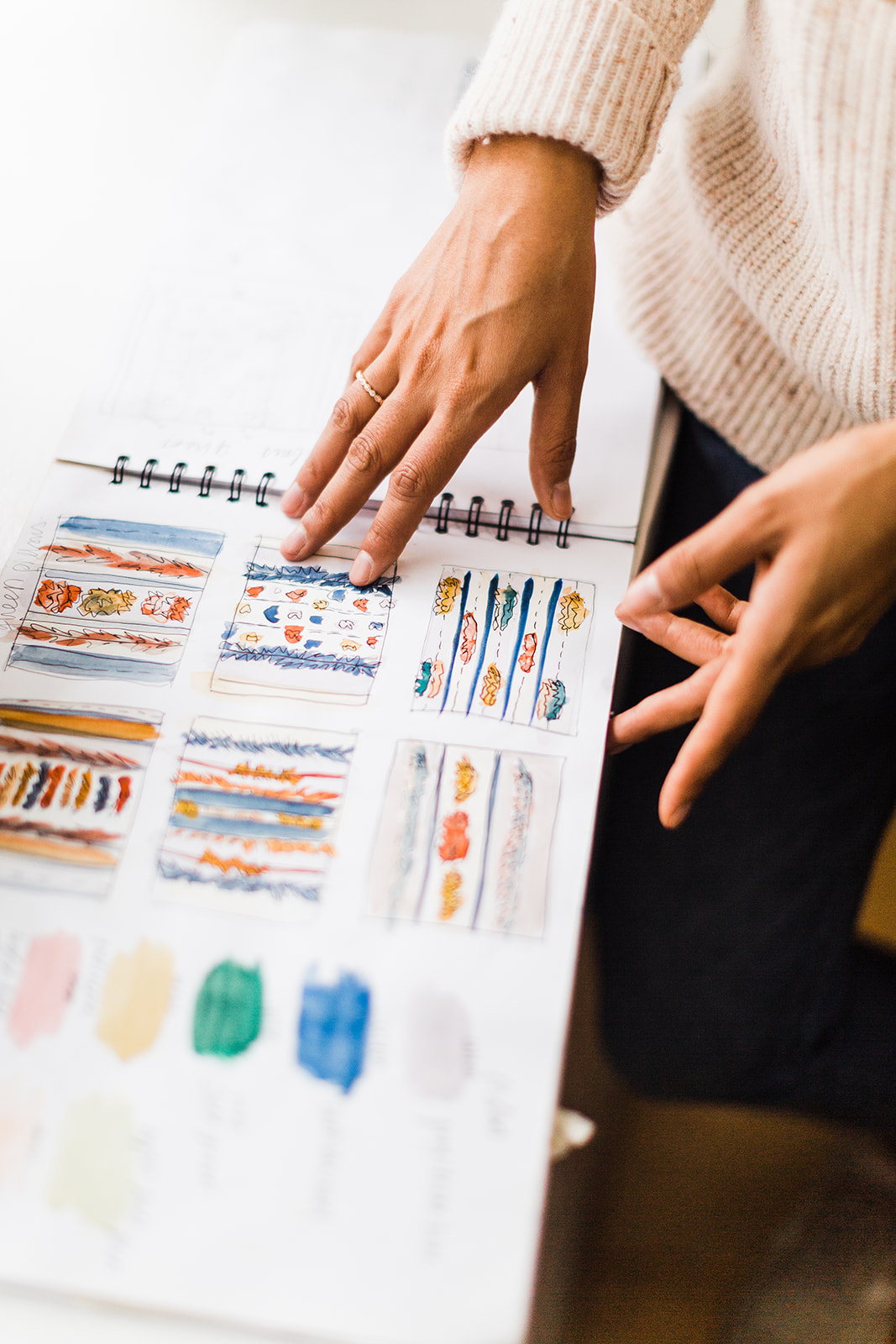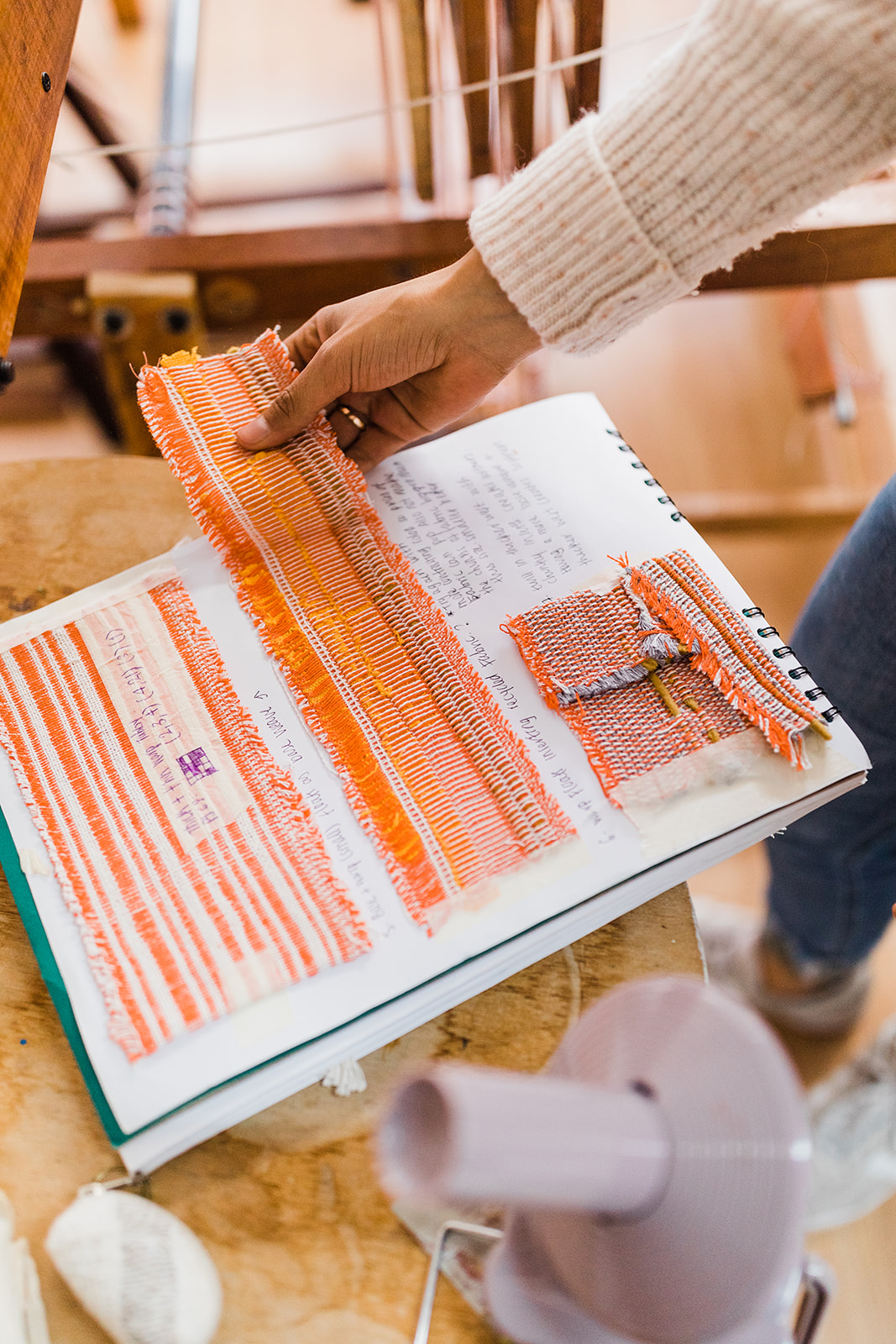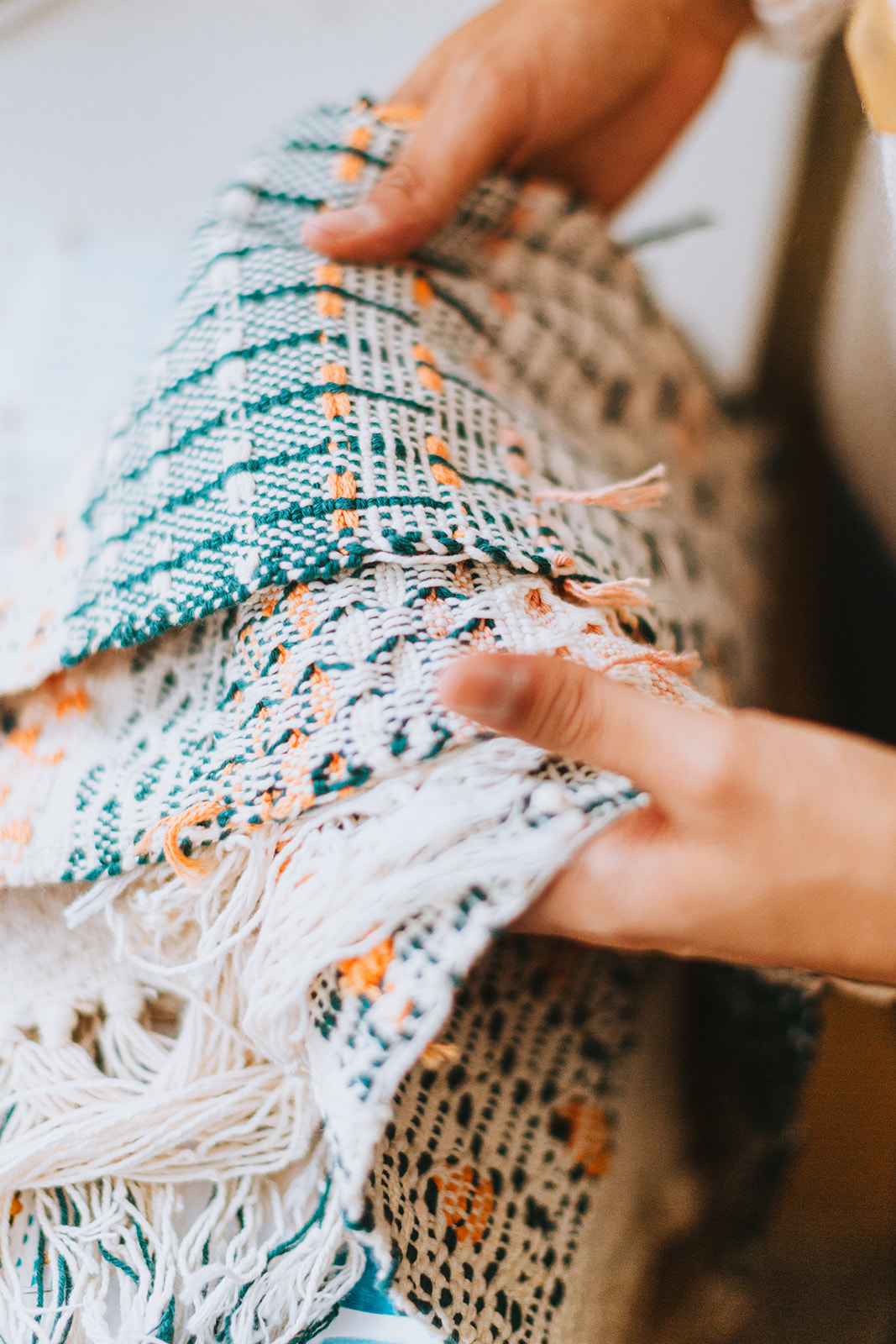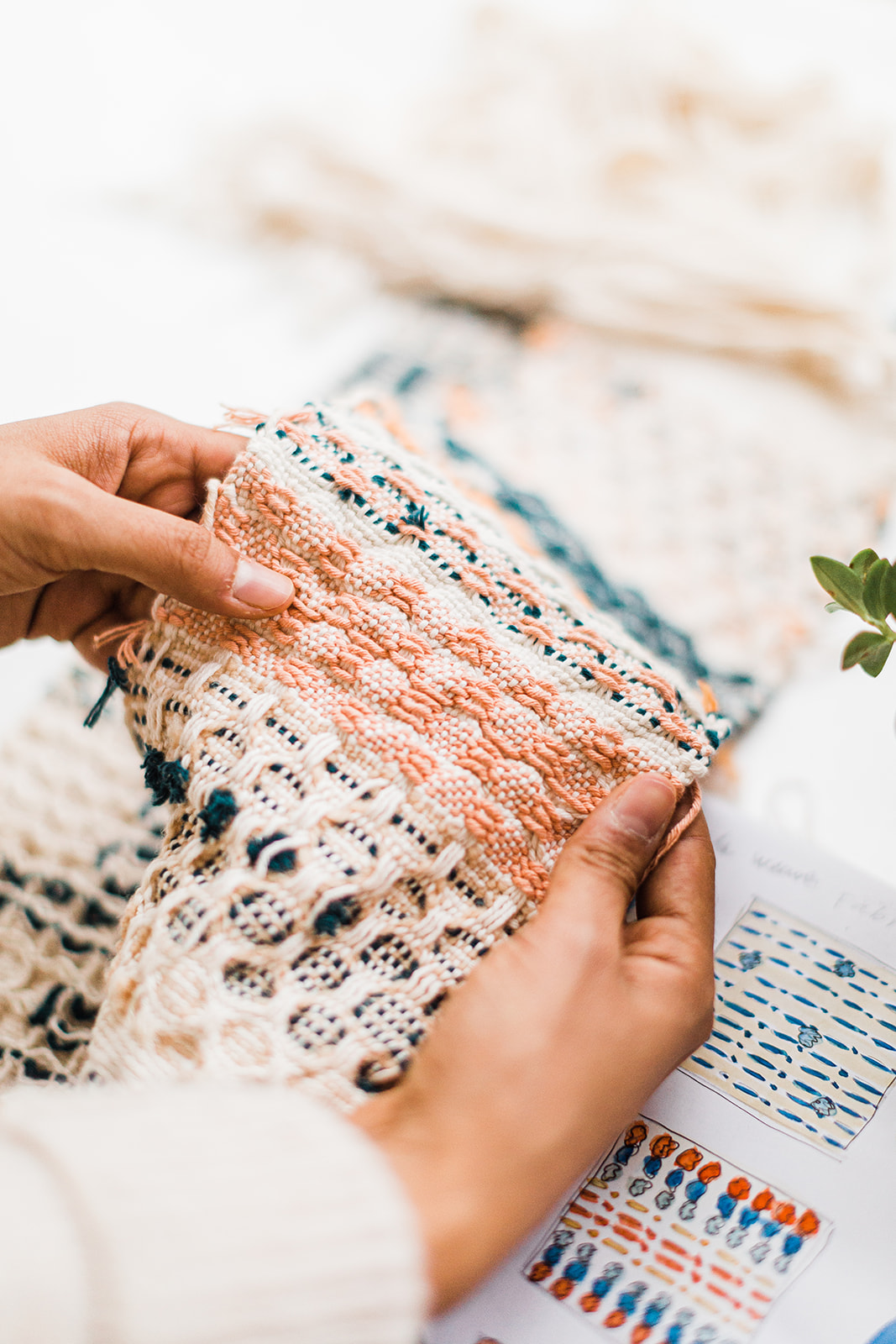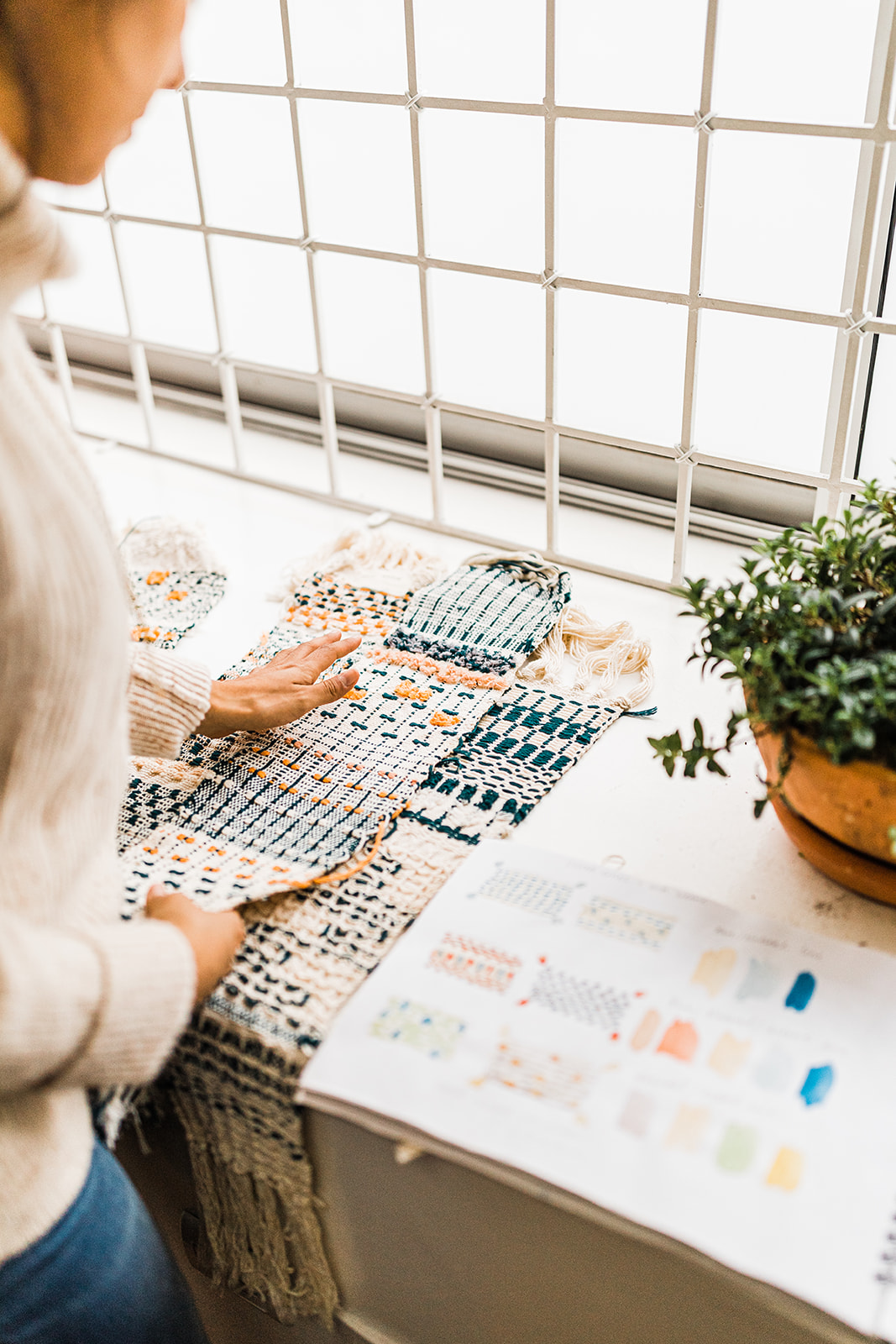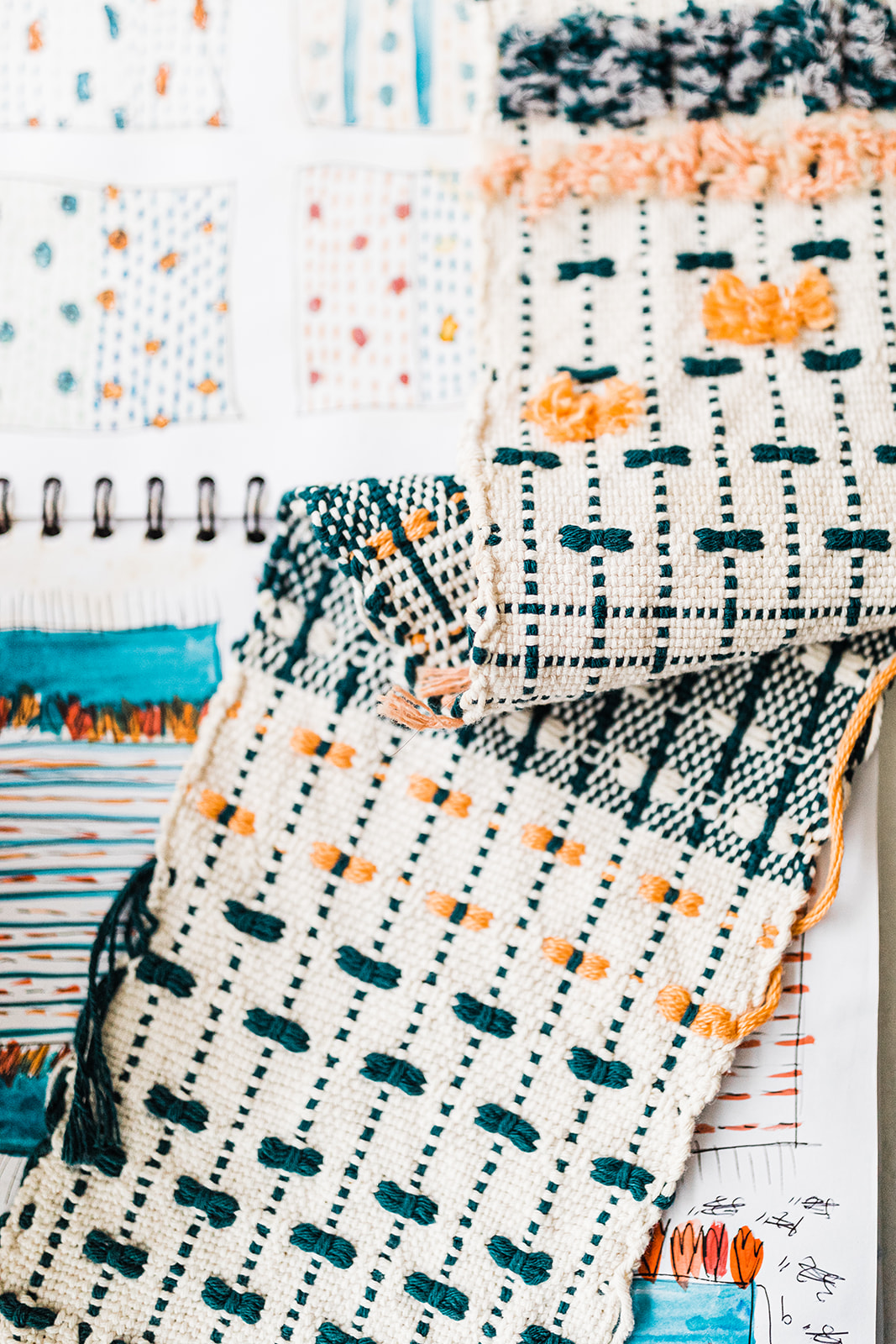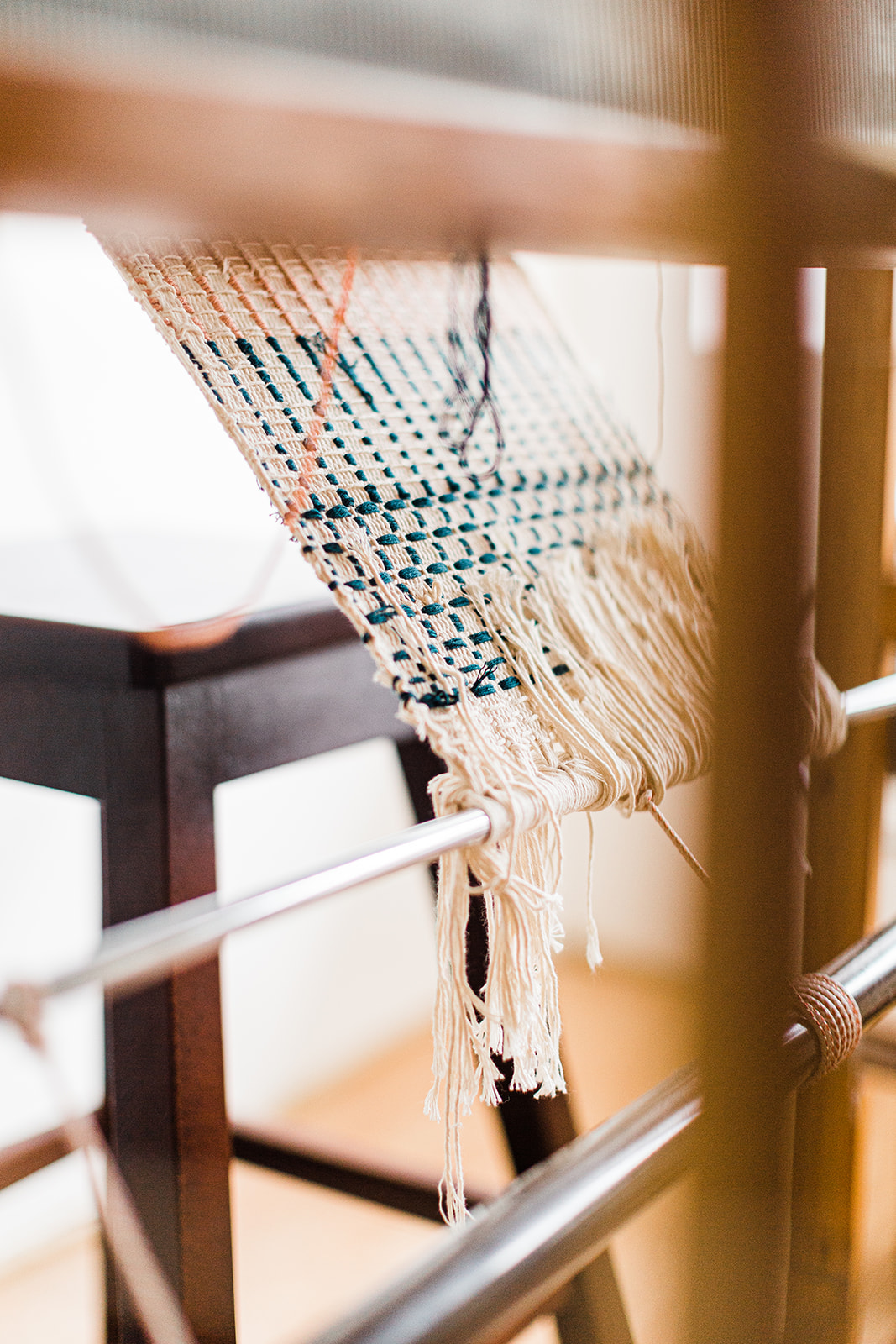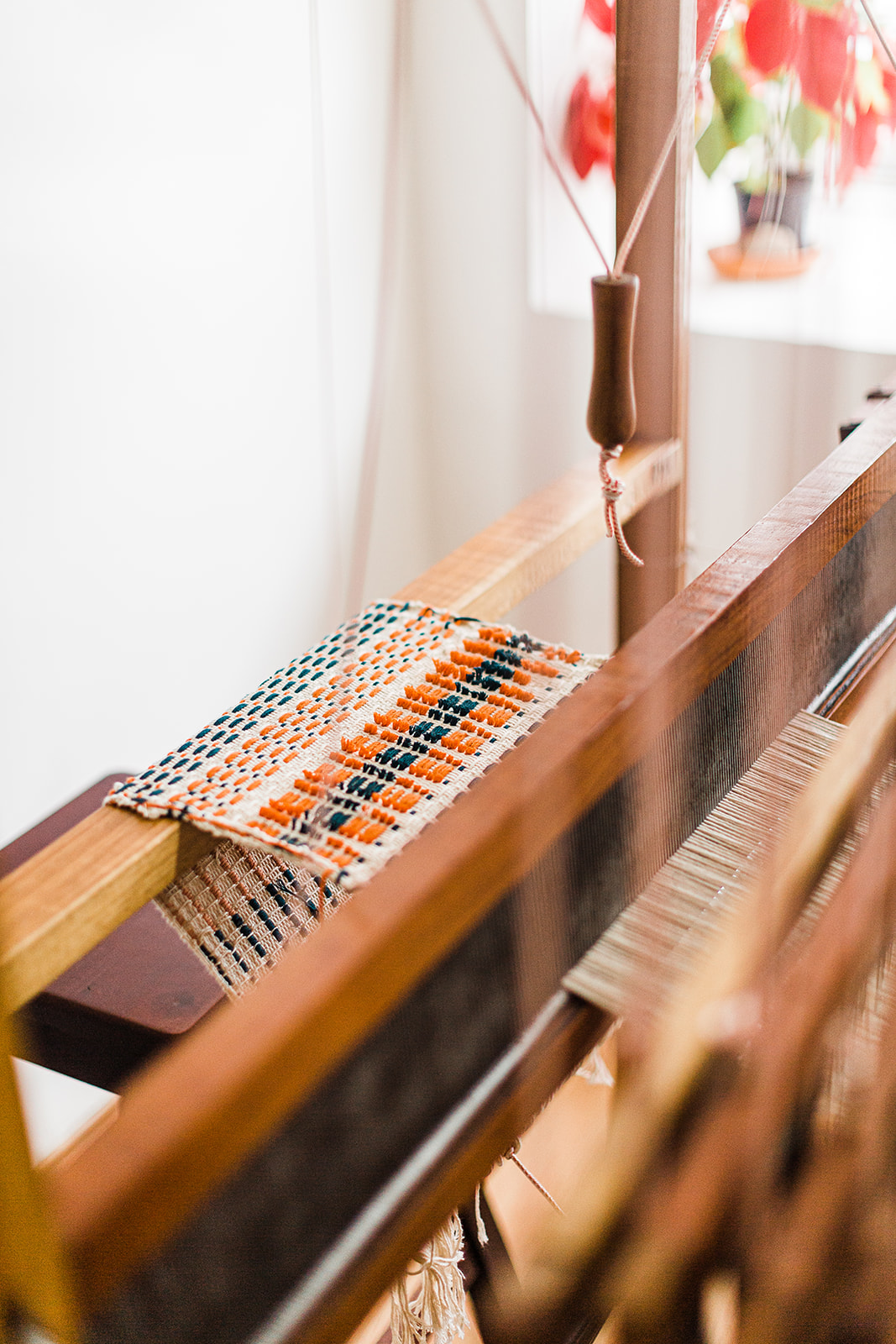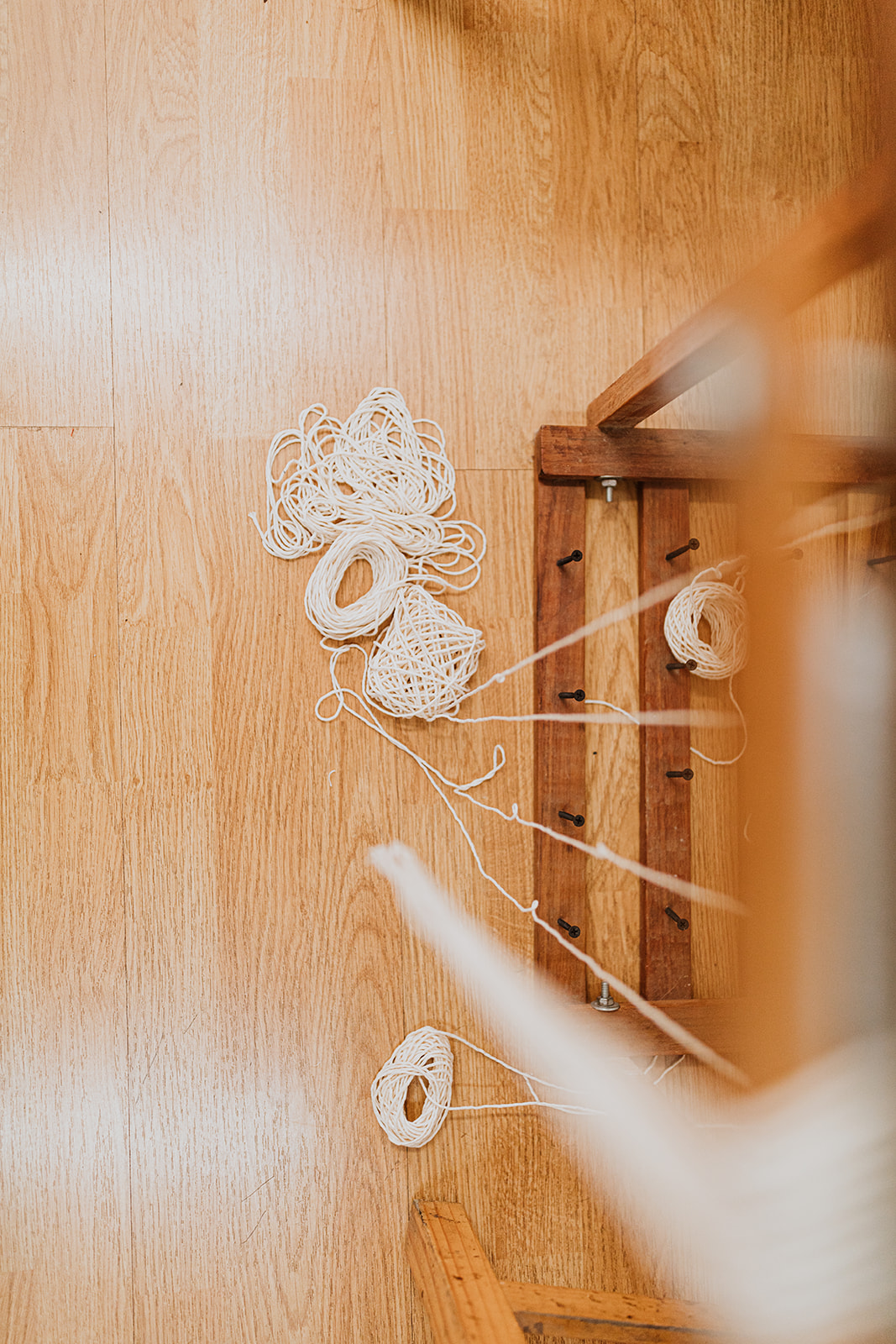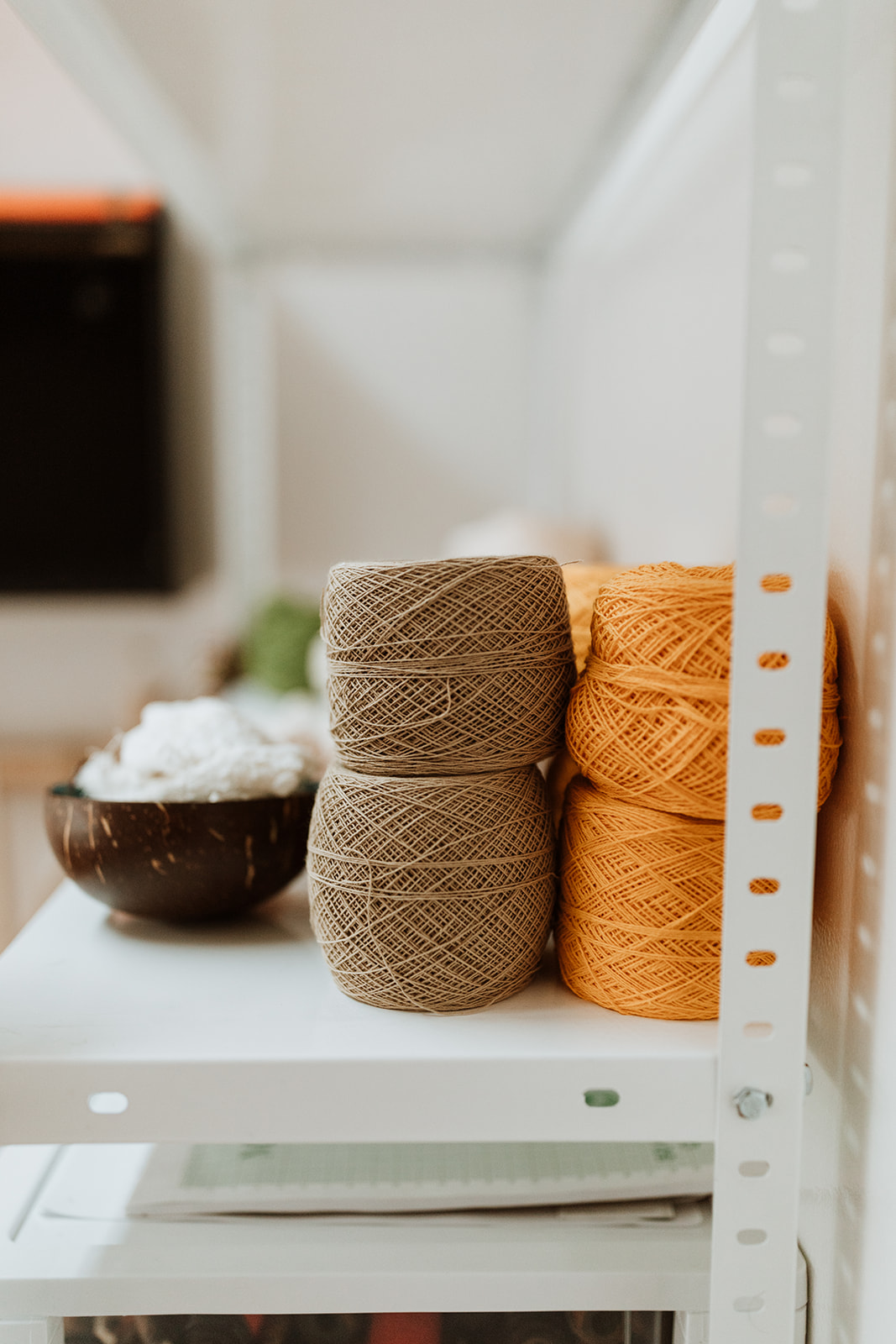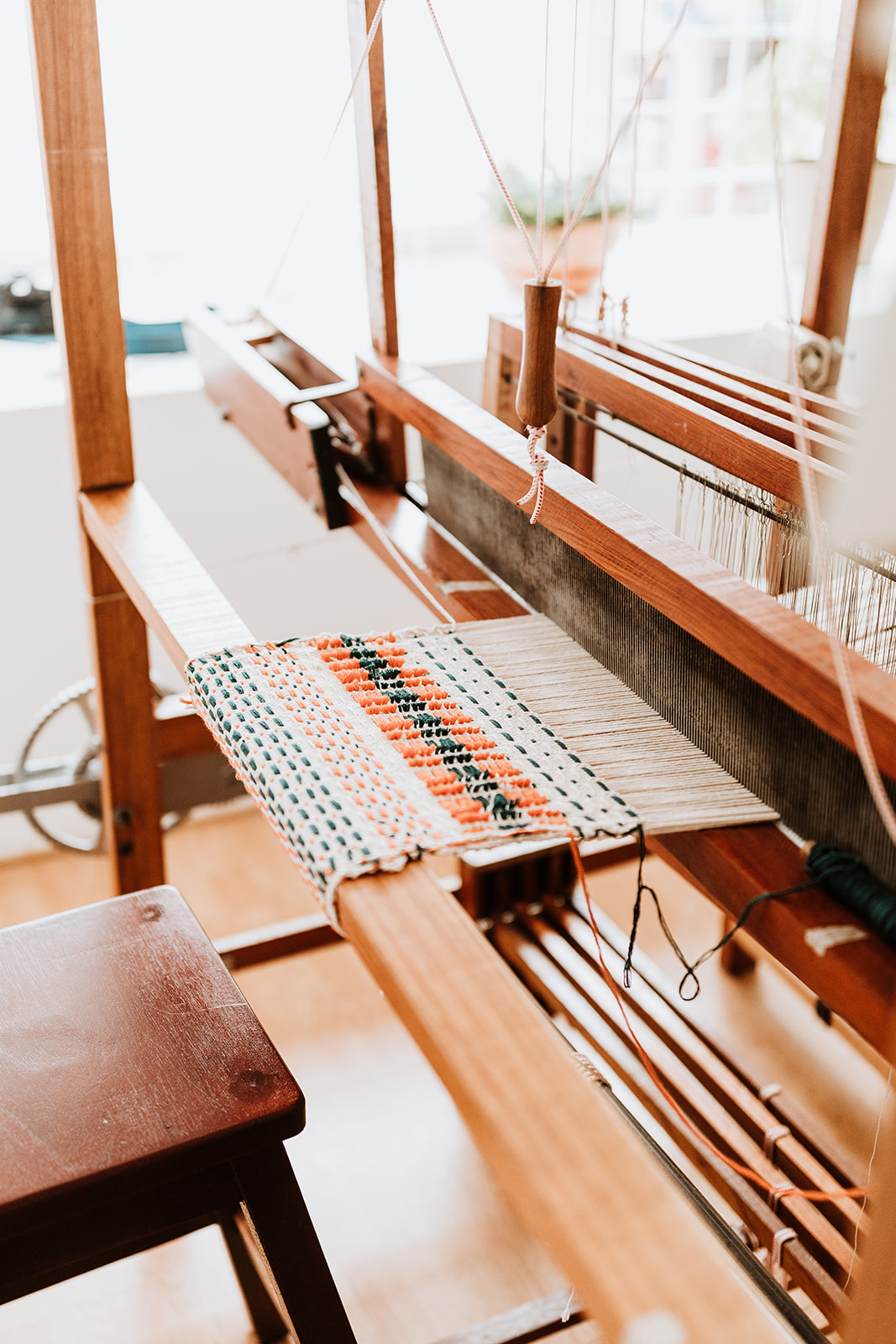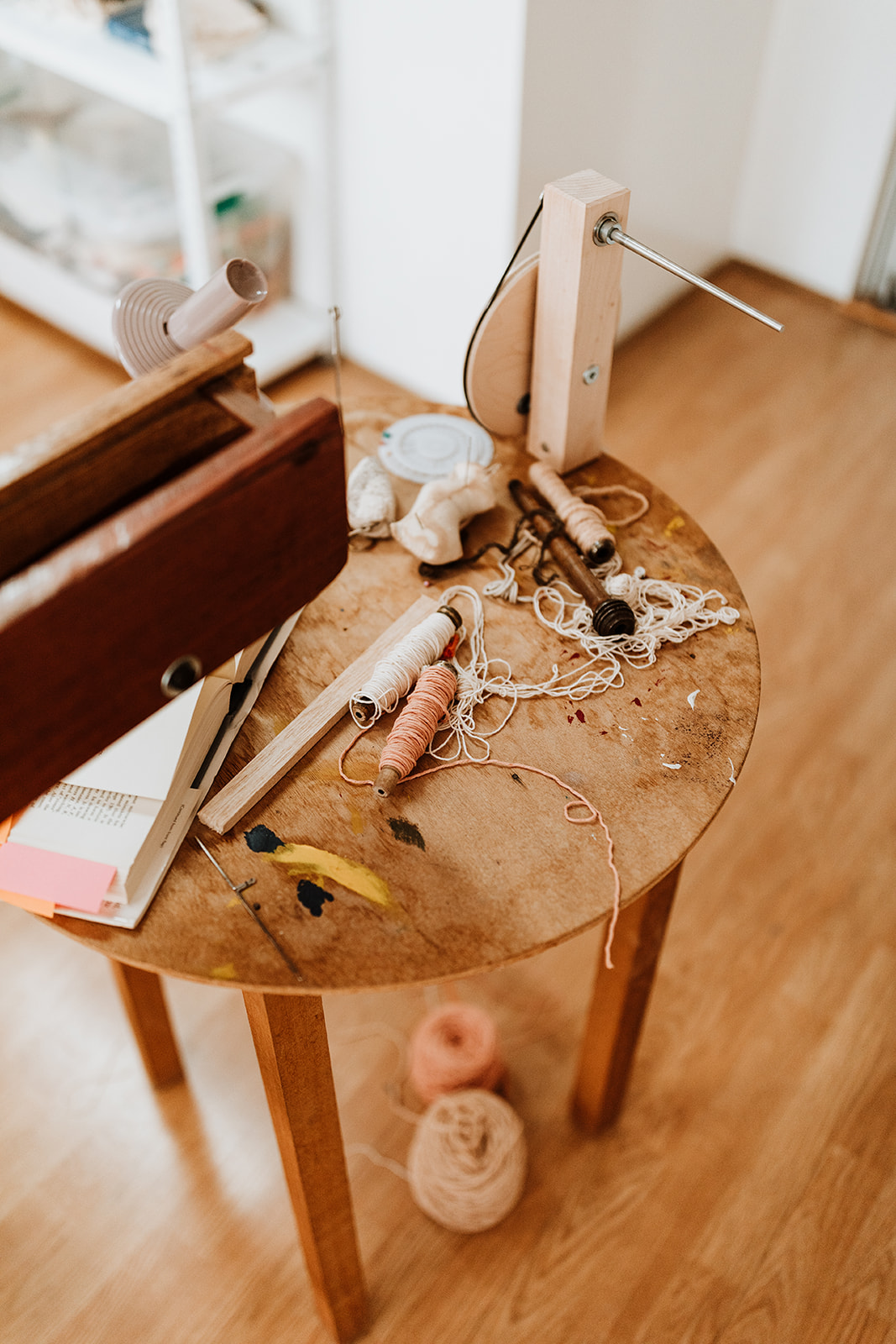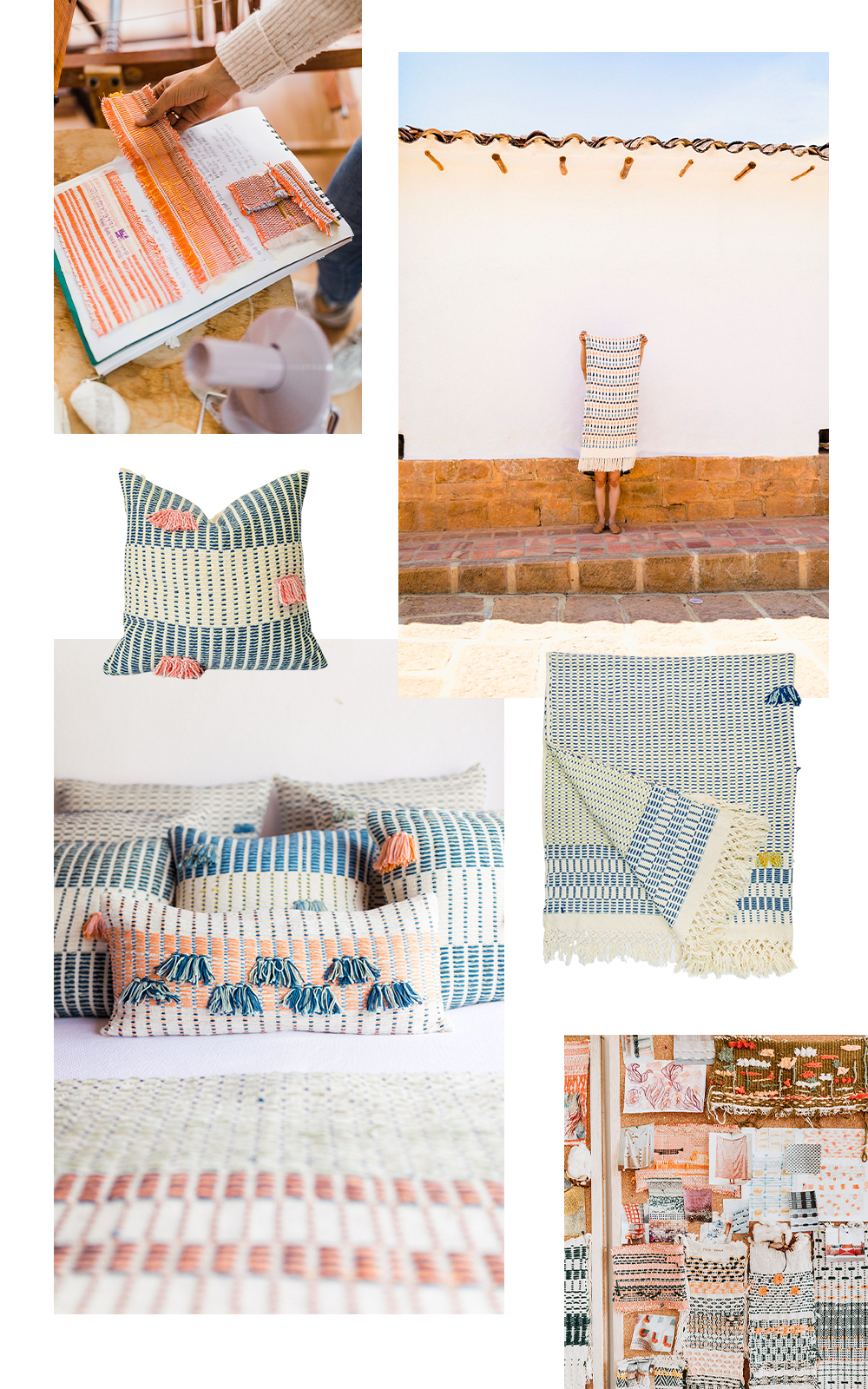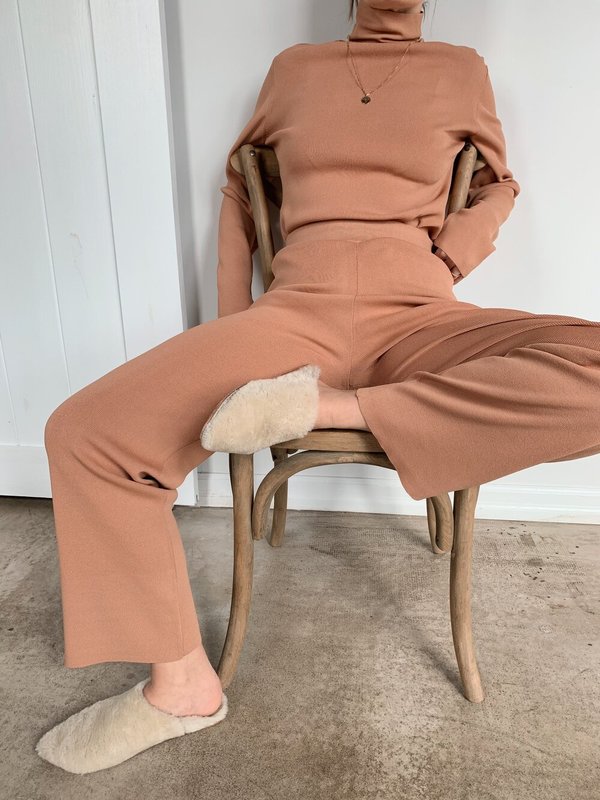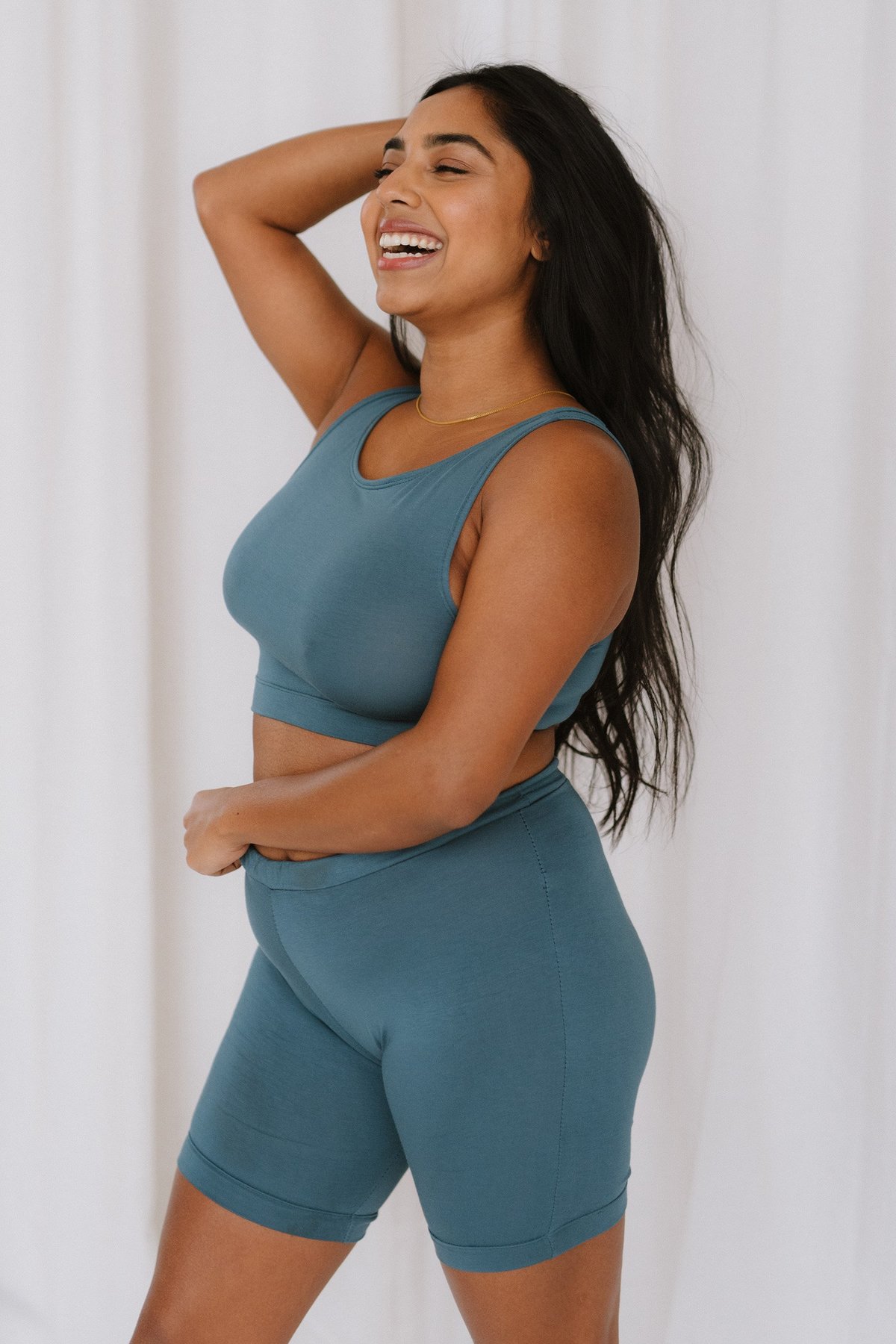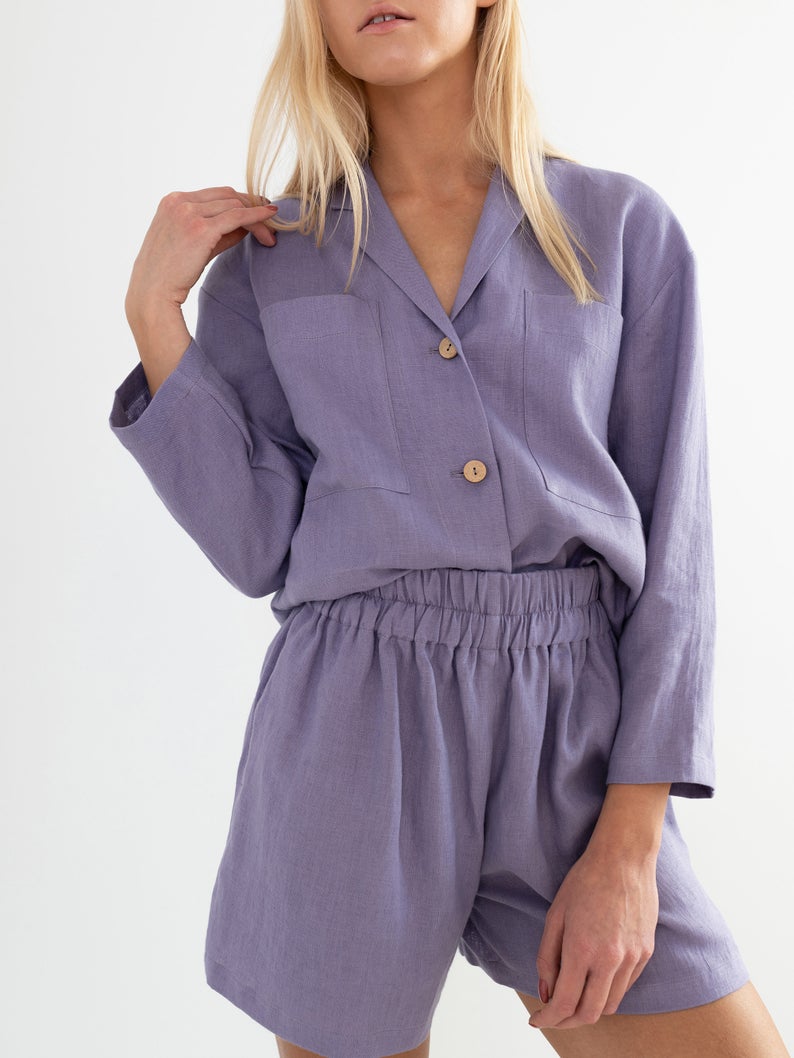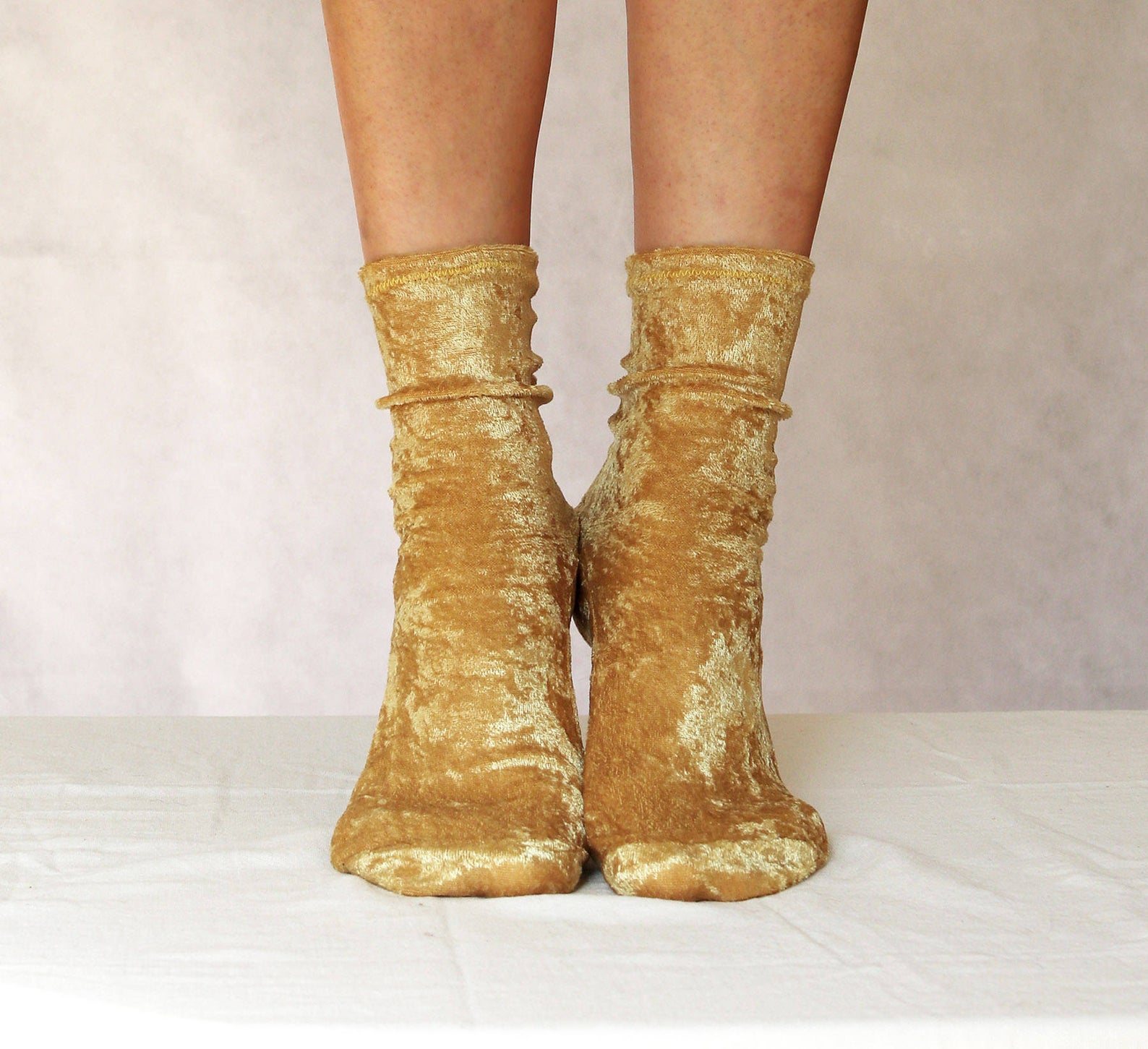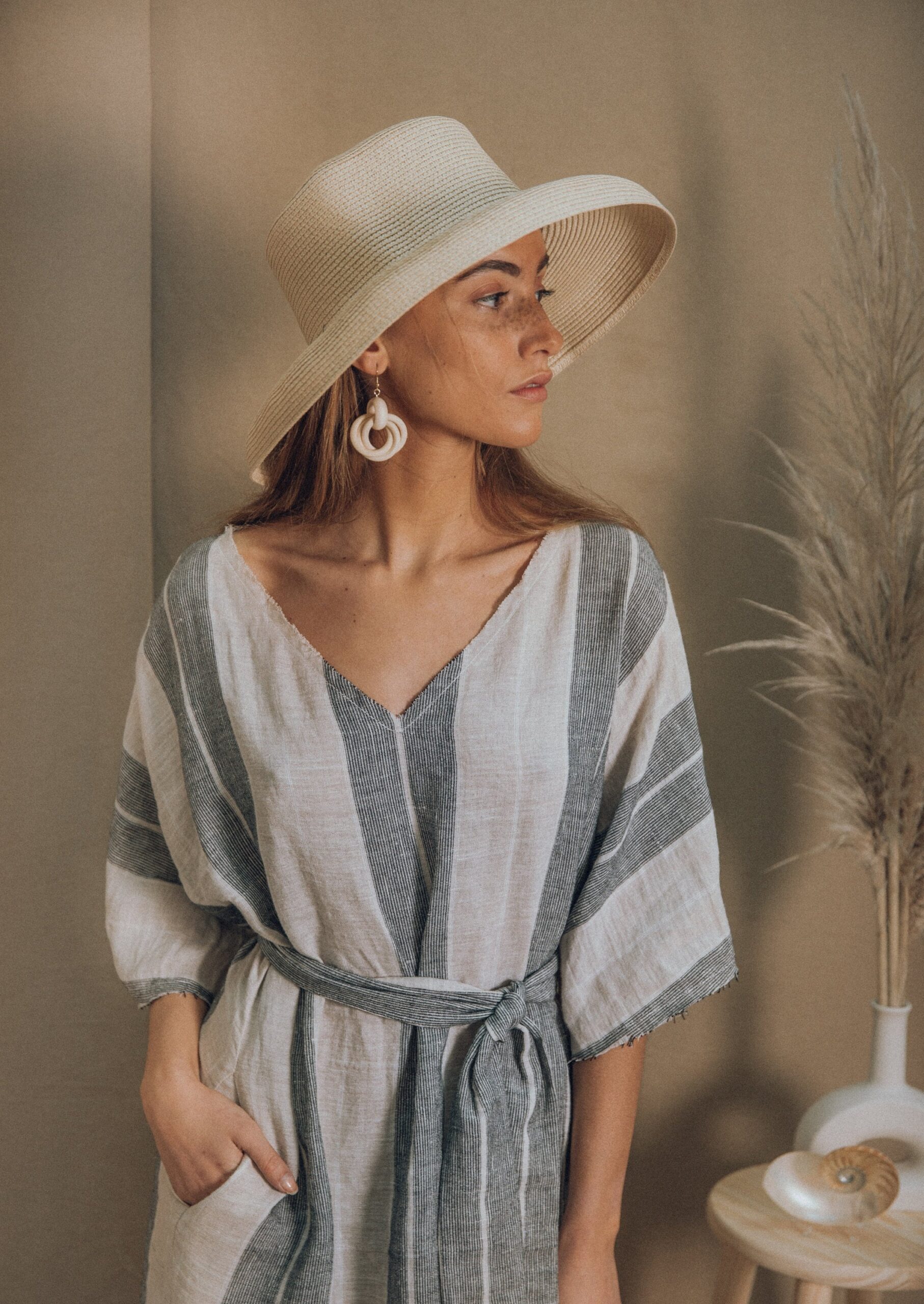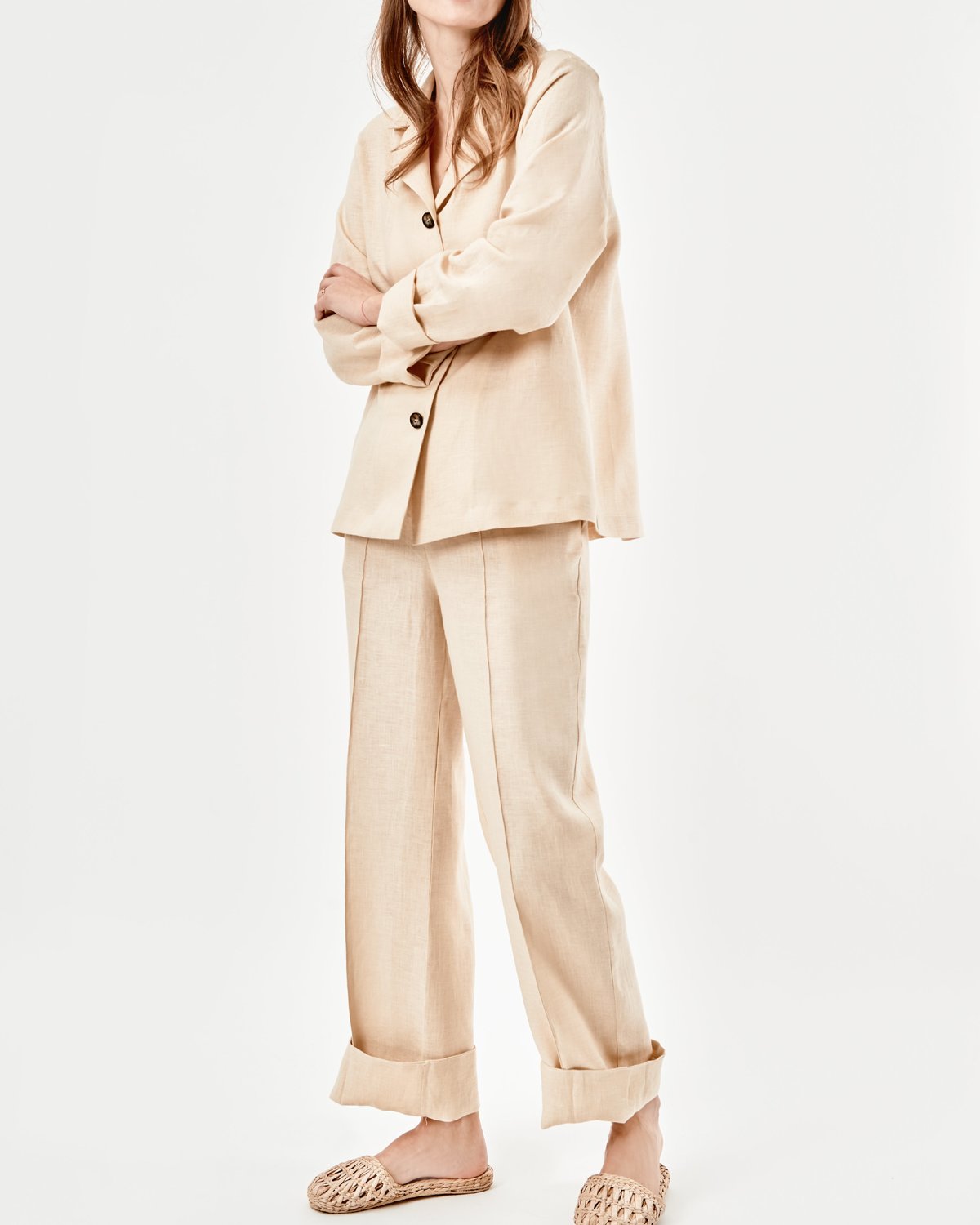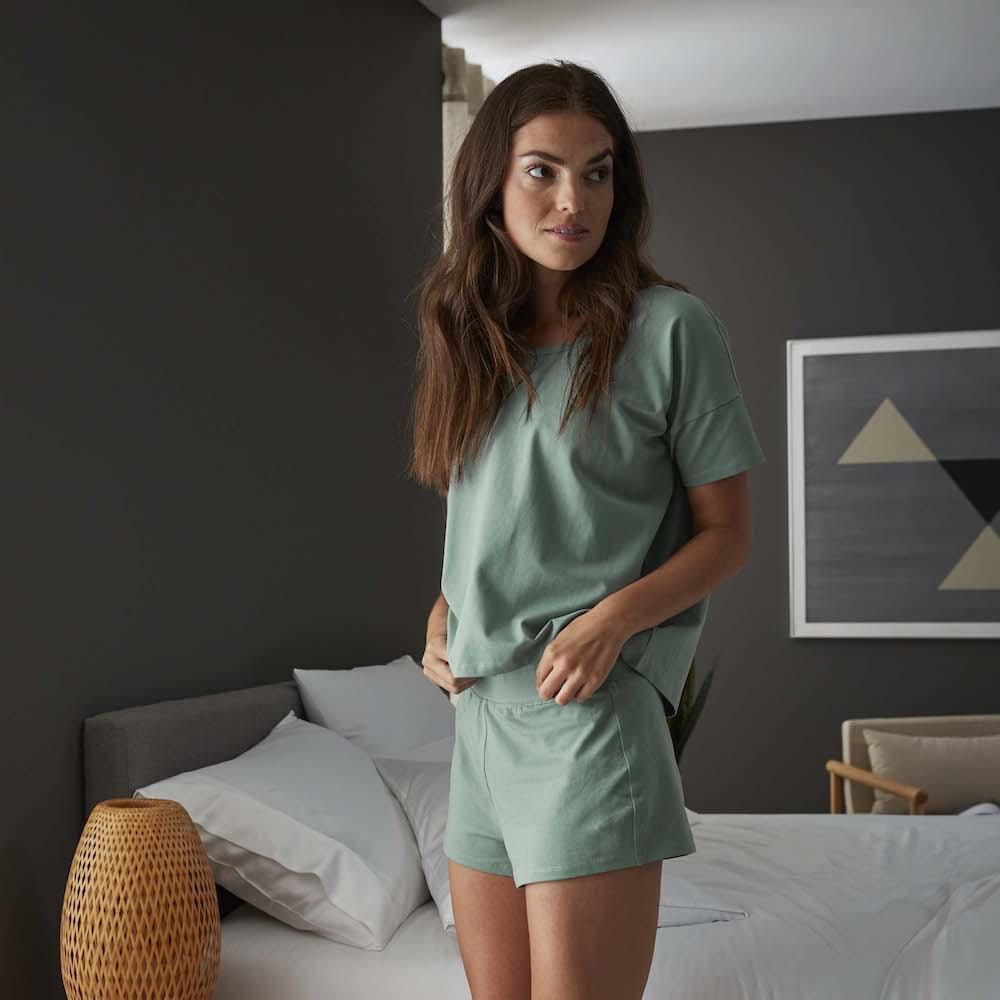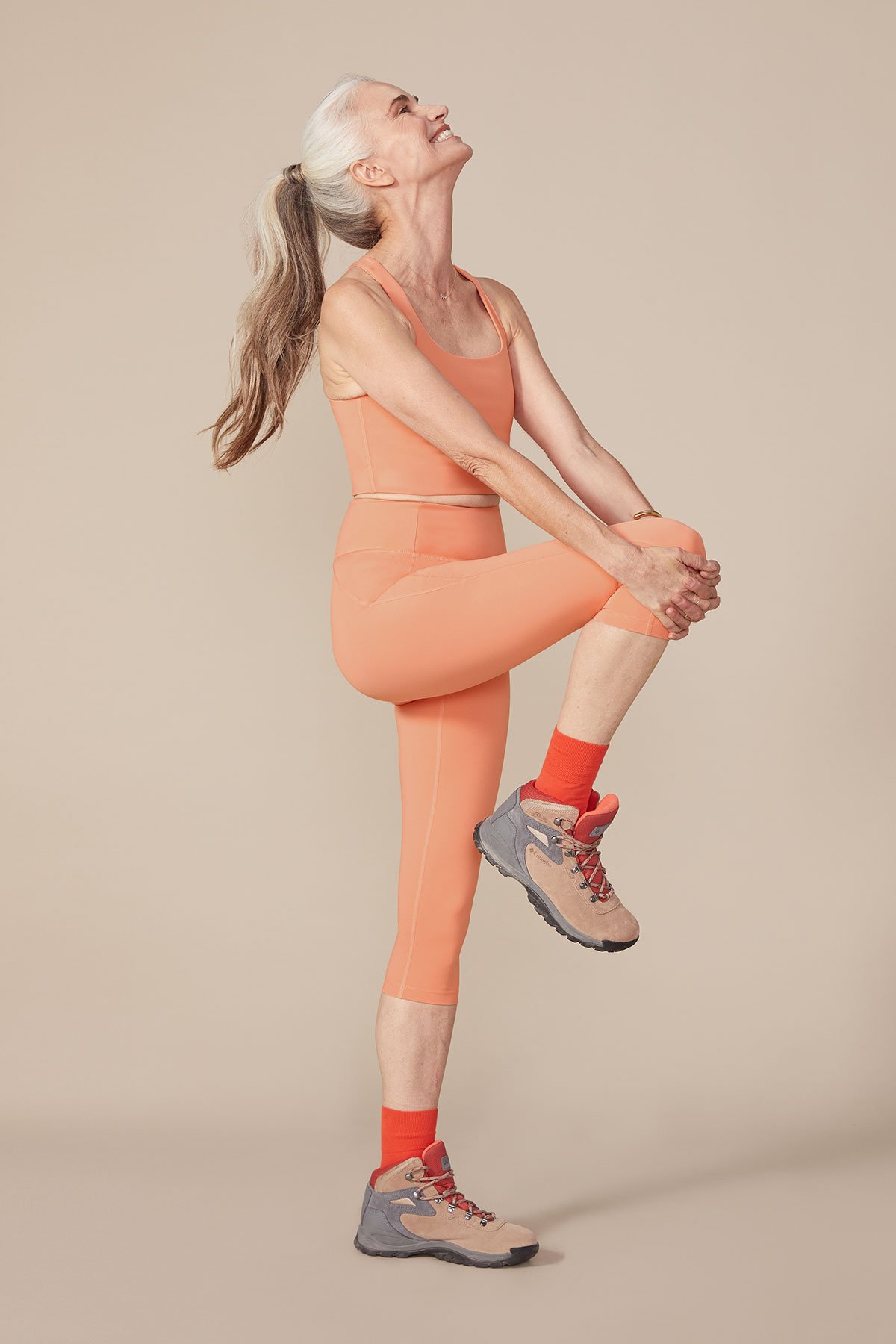Alright. We’re over halfway through the year and what a place to be. I, and so many people I know, are truly feeling the effects of this COVID isolation has on mental health (whether introverts, extroverts, whatever), and feeling guilty for feeling sad when truly there’s much to be grateful for. And around and around (any other HSPs out there?). I’ve been thinking of all of them, and all of us, and everyone, and how in a perfect world I’d send every lovely person all the care packages and deliveries of flowers and original art work and fair trade chocolate and obviously fancy natural wines too. I guess that’s what led me to this post.
One positive note, amongst the dark backdrop of 2020, is that there’s been a really great outpouring of support in the world of small sustainable business and designers and makers. Lots of sharing of favorite artists and shops and lots of stories told. So when the idea came to me to round up all my favorite self care gift ideas into one post about care packages to send to loved ones, I’m so happy to say that I found endless opportunities for thoughtful and conscious gift sets. Here’s just 17 of those.
17 self care gift ideas for COVID-19 care packages
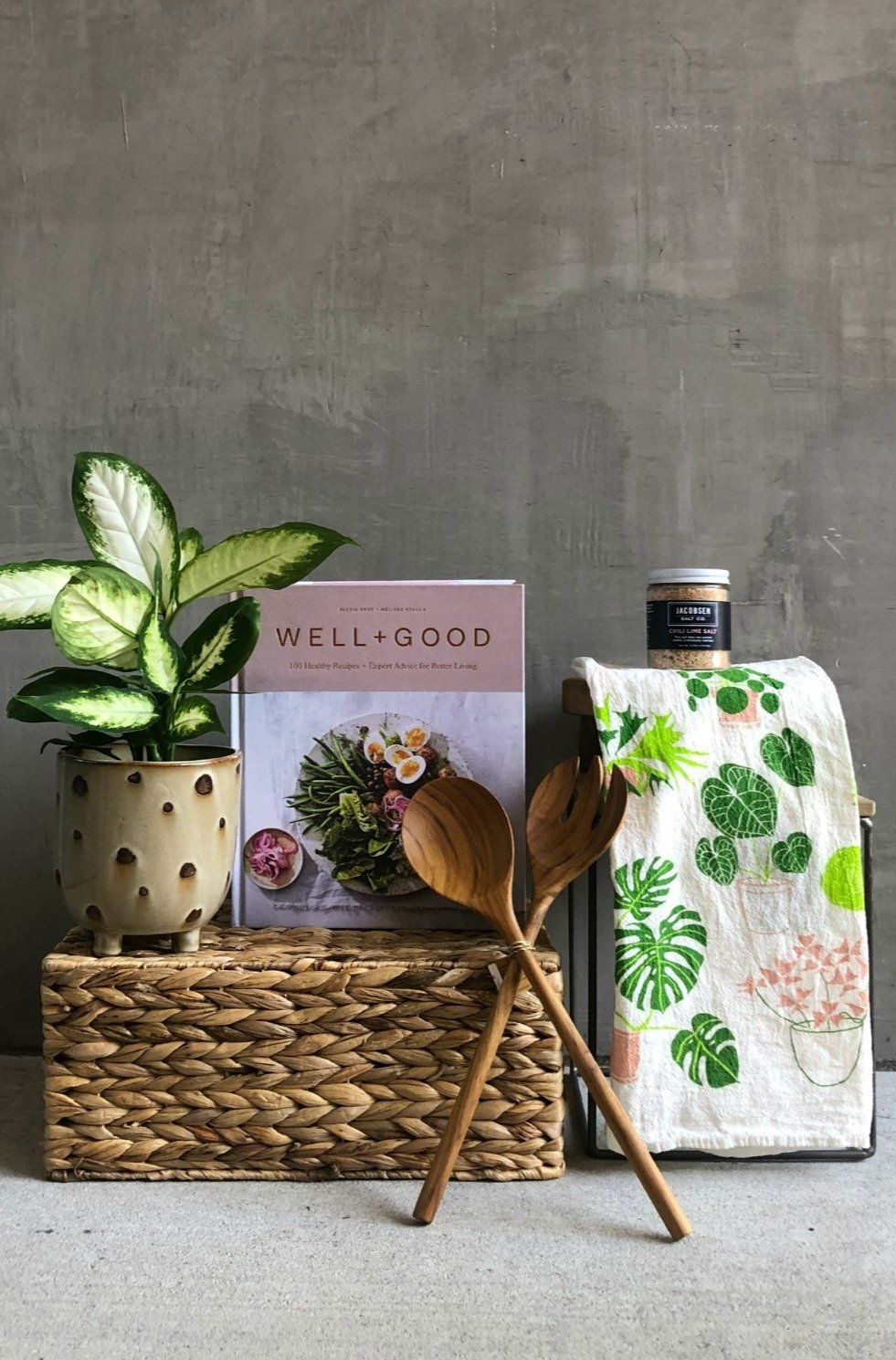
Curated gift set from Eco Vibe Home
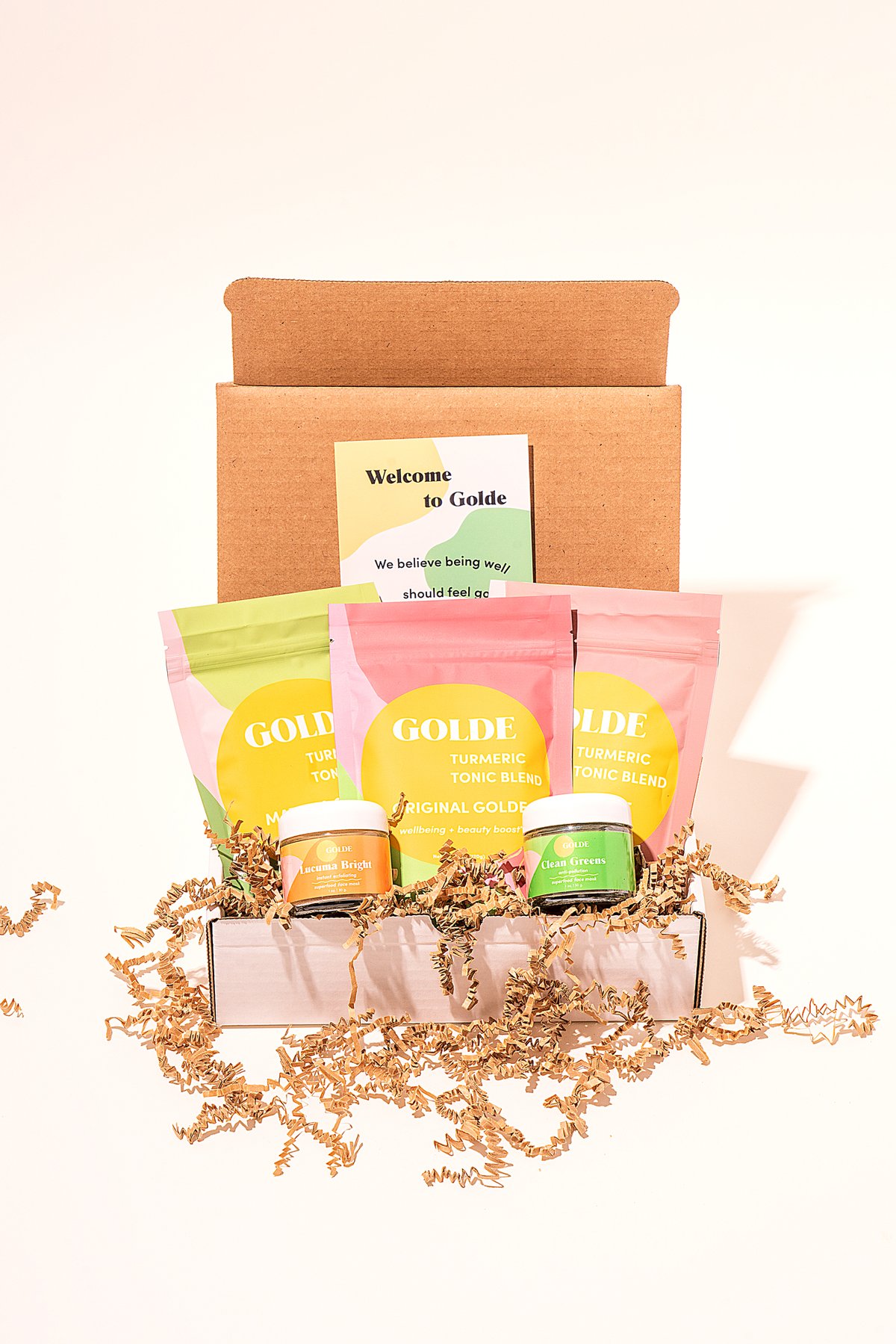
Complete Beauty + Wellness Kit from golde
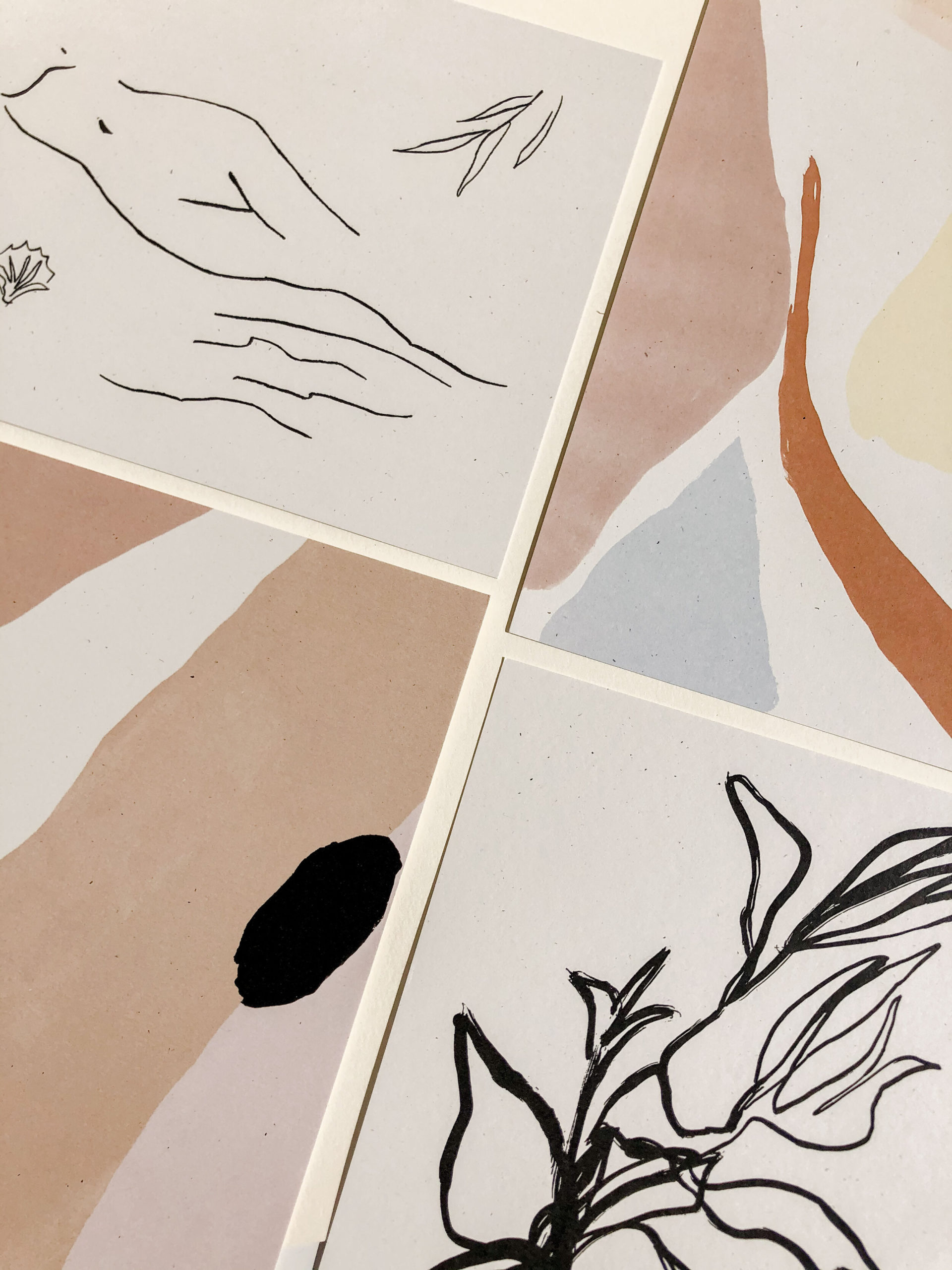
Wall art set from Wilde House Paper

Self Care Bundle from Positive Times
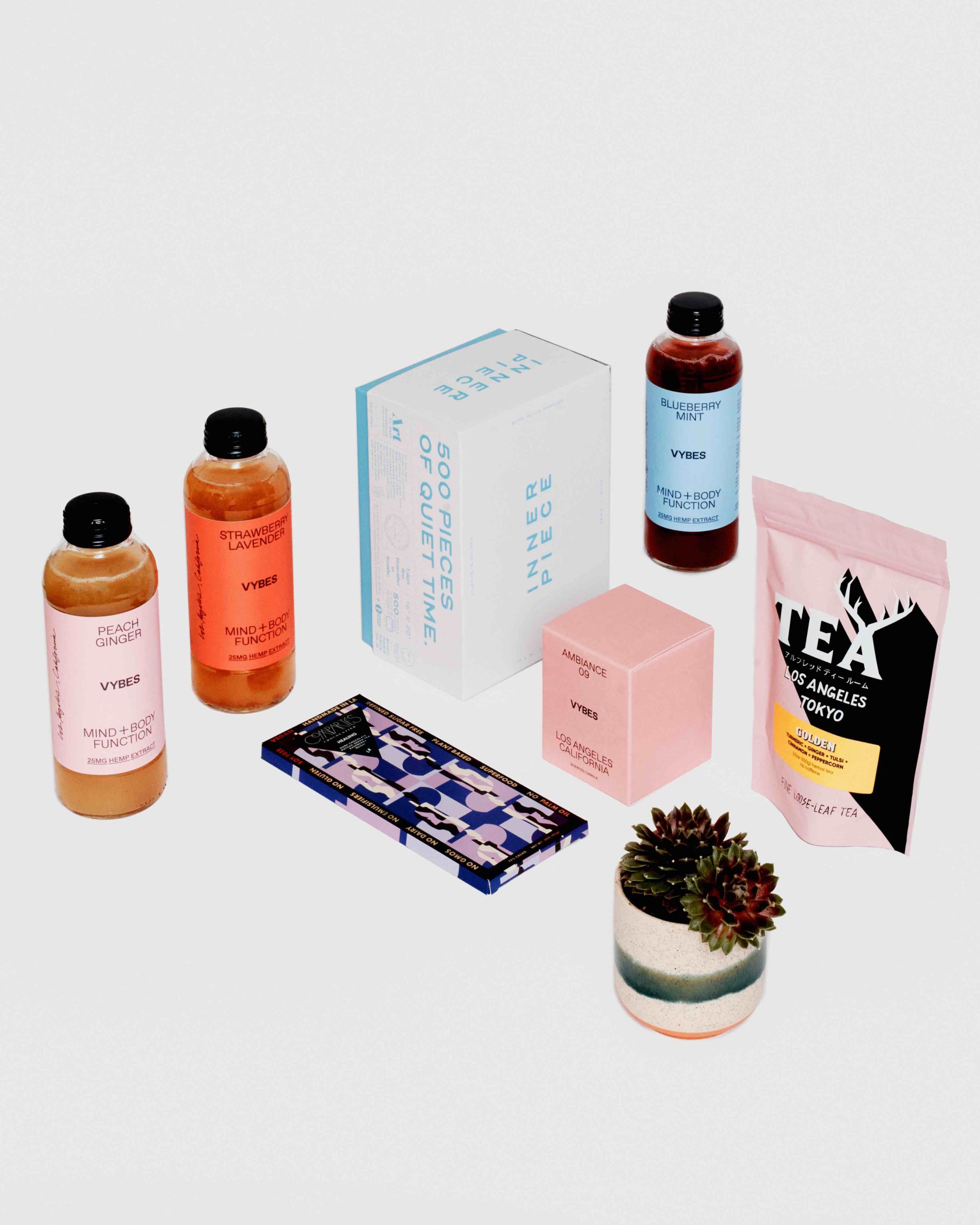
Wellness gift set from Vybes Hemp CBD drinks

Pure Indulgence gift set from BLK + GRN

Essential oil gift set from blade & bloom

Connection Journey Pack from Altheå For Woman Kind
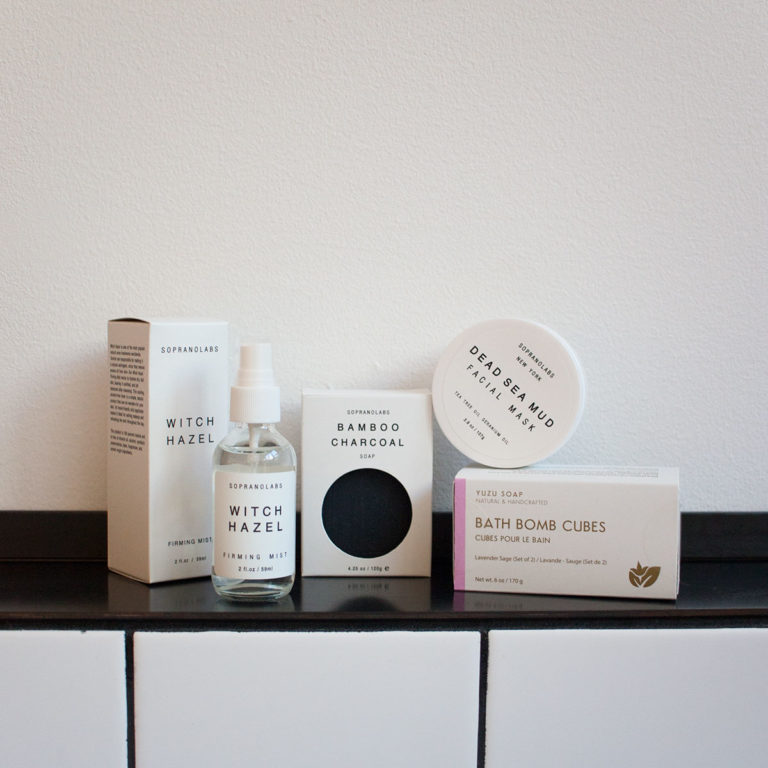
Spa Day at home kit from Seattle’s fruitsuper
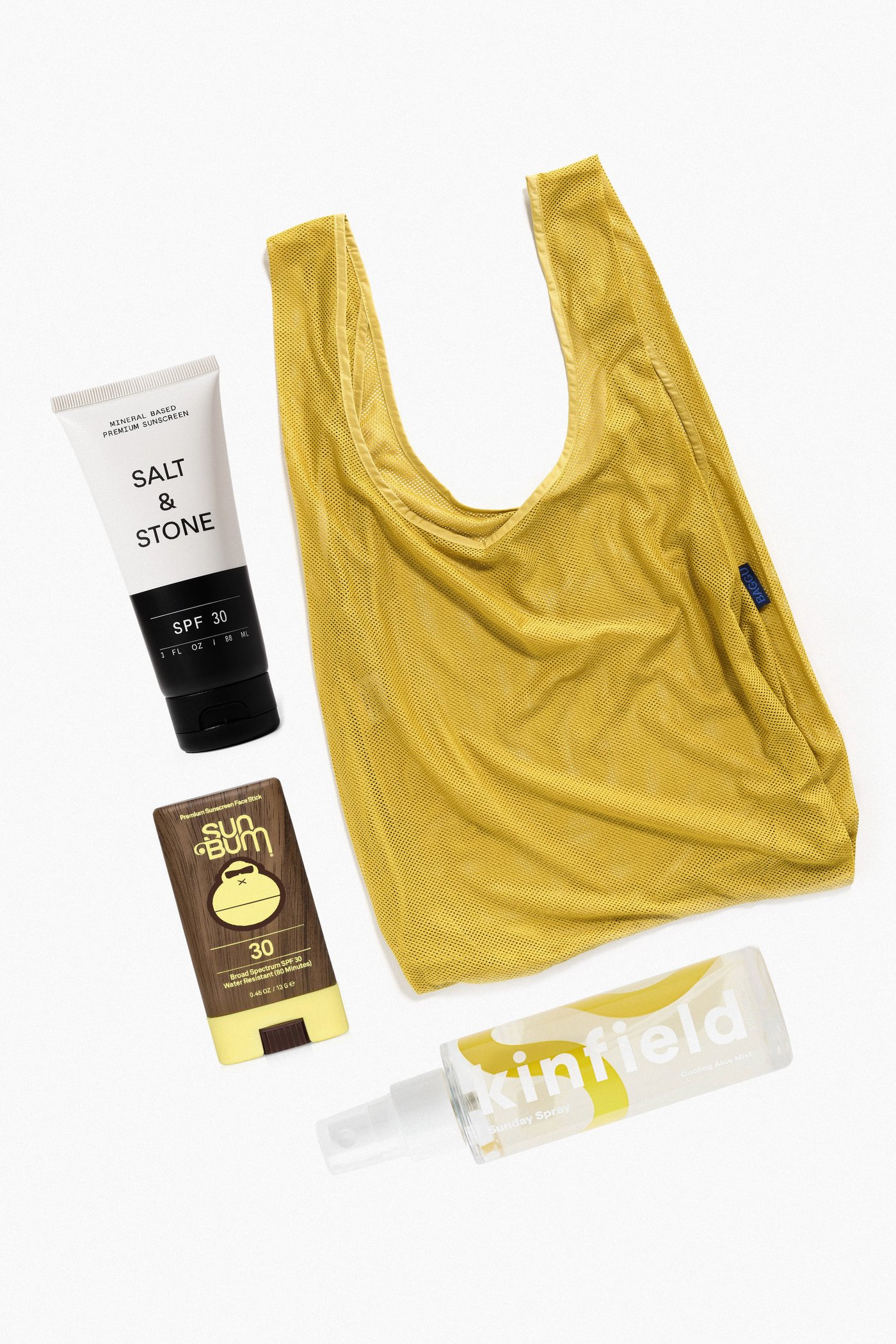
Summer Forever self care gift set from local Seattle boutique Prism (for that backyard tanning sesh)
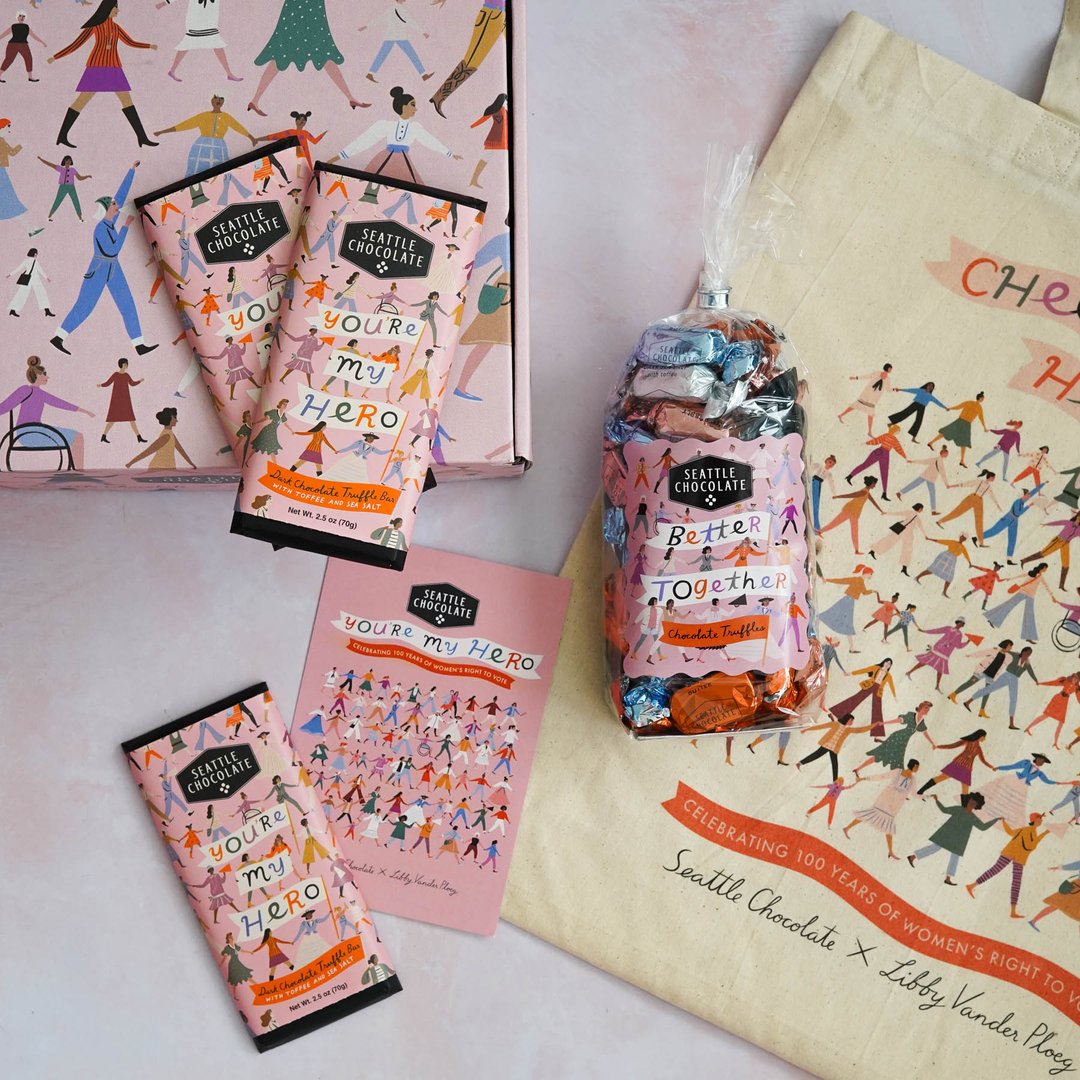
You’re My Hero Care Package from Seattle Chocolate with art by Libby Vander Ploeg
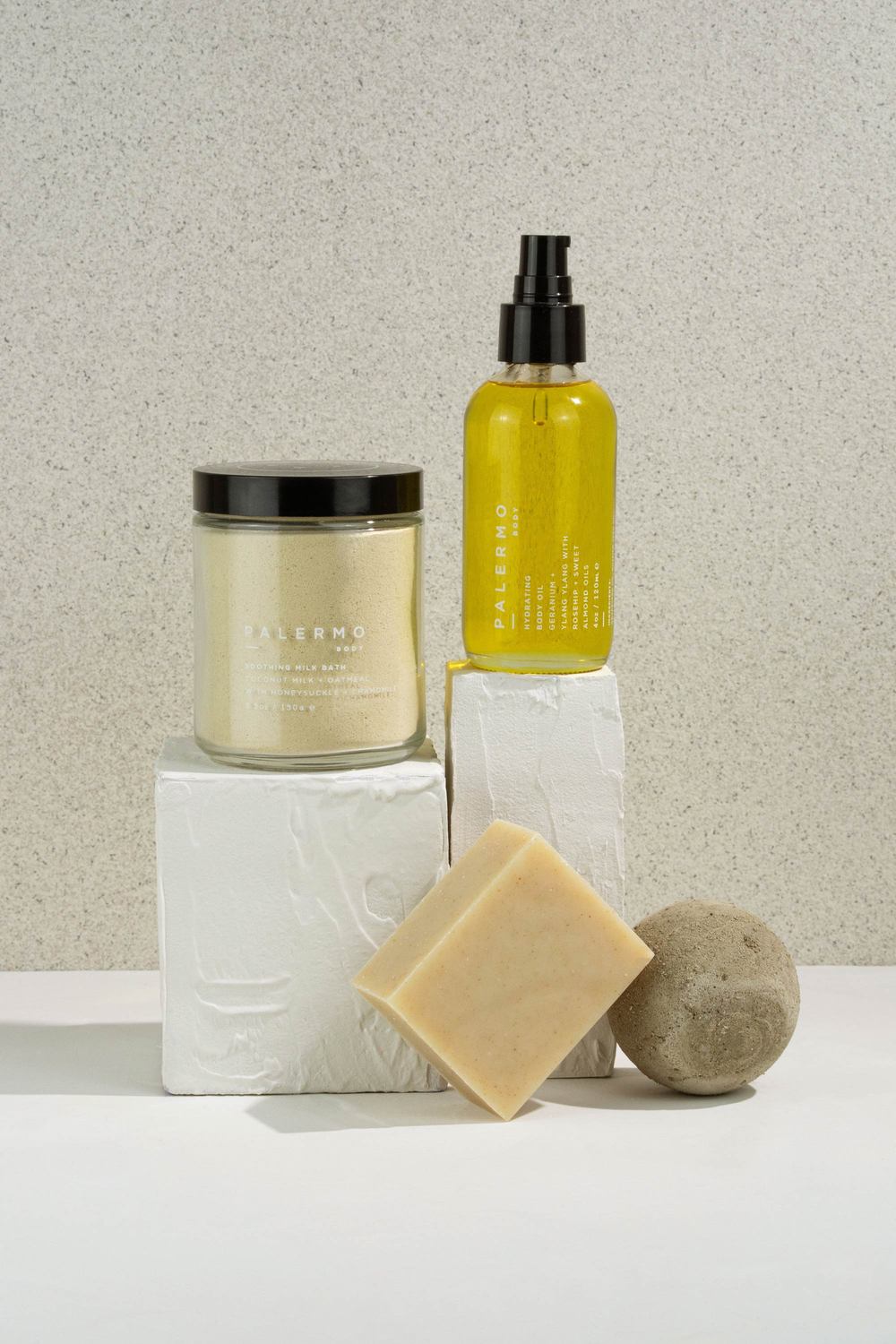
Sooth + Hydrate Gift Bundle from Palermo Body (A friend gifted me their bath sampler and I loved it as well.)
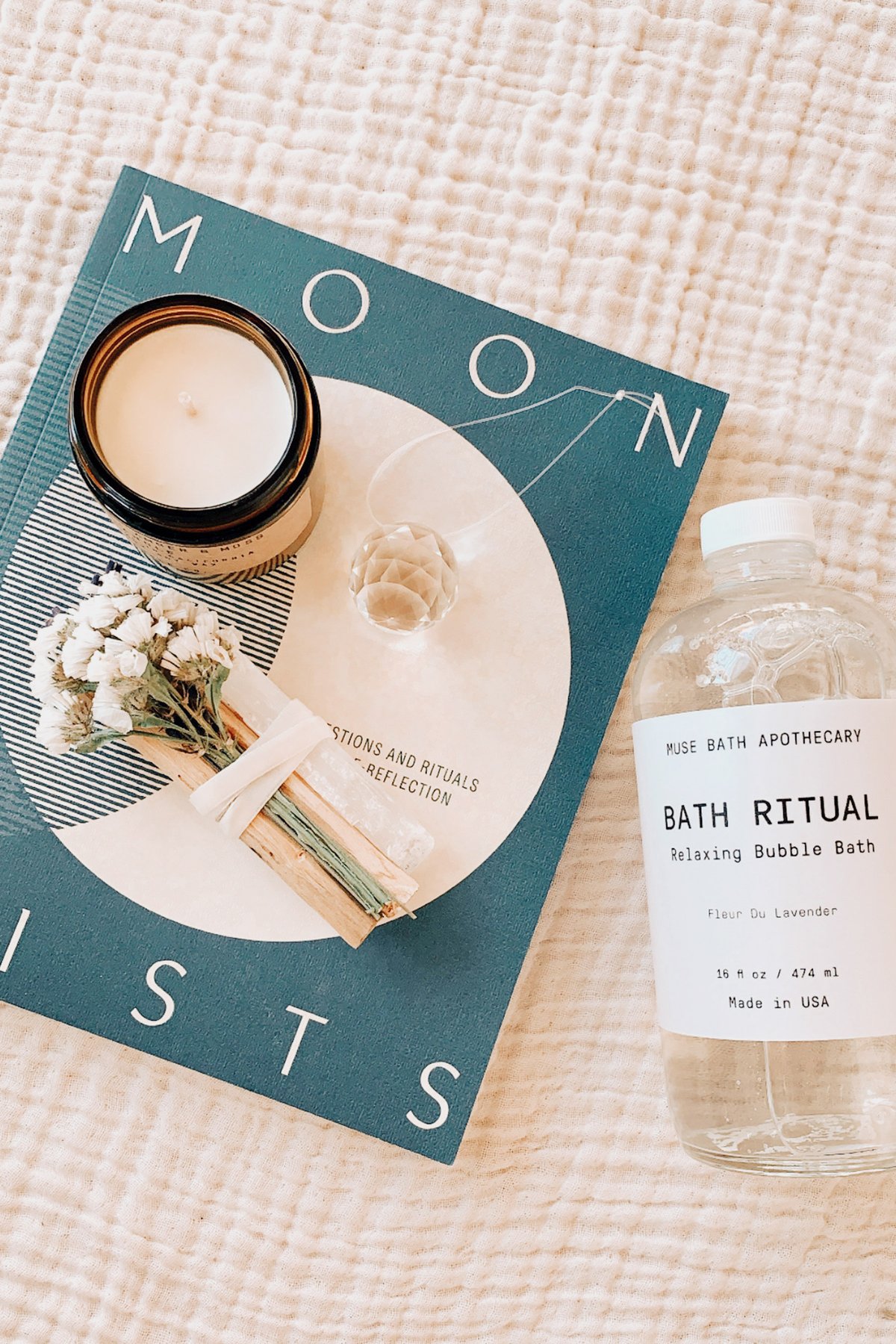
Self Care gift set from Prism Boutique
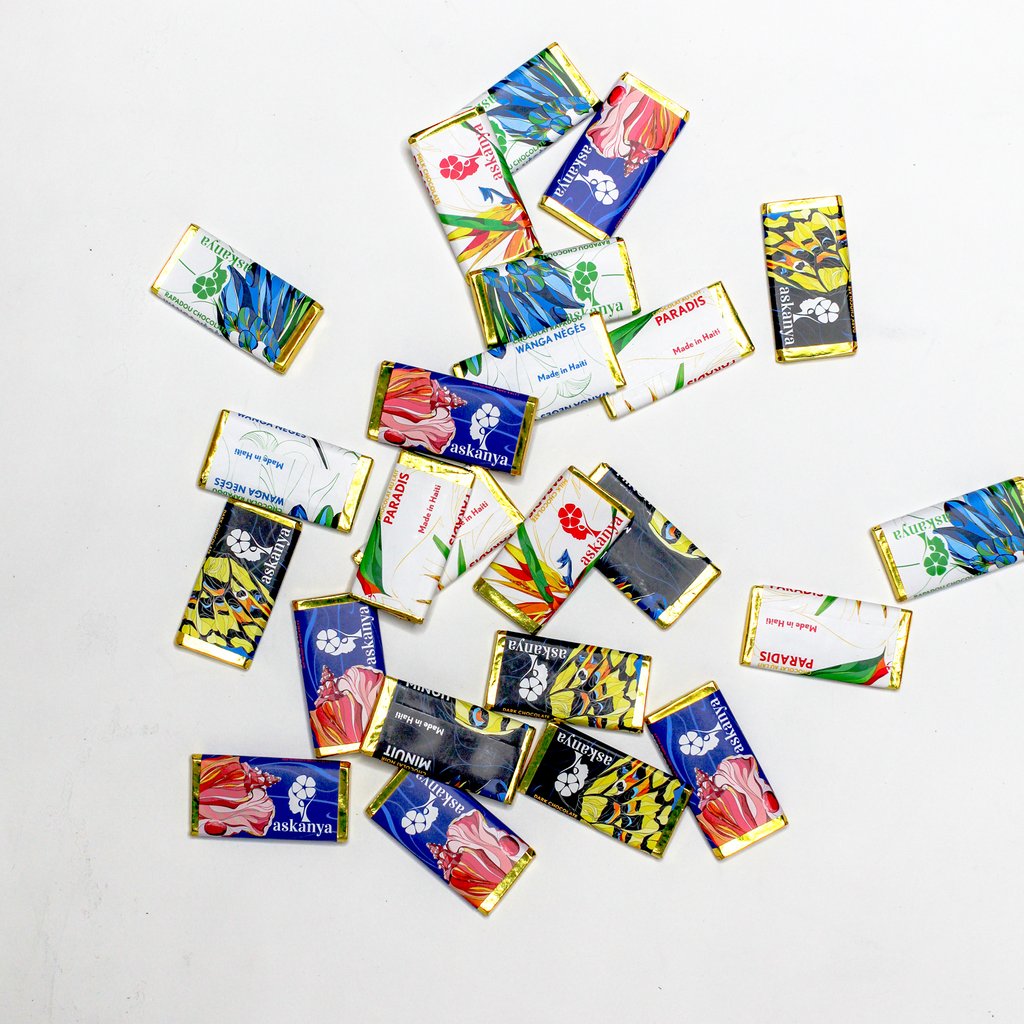
Askanya Haitian chocolate from 54kibo because, more chocolate.
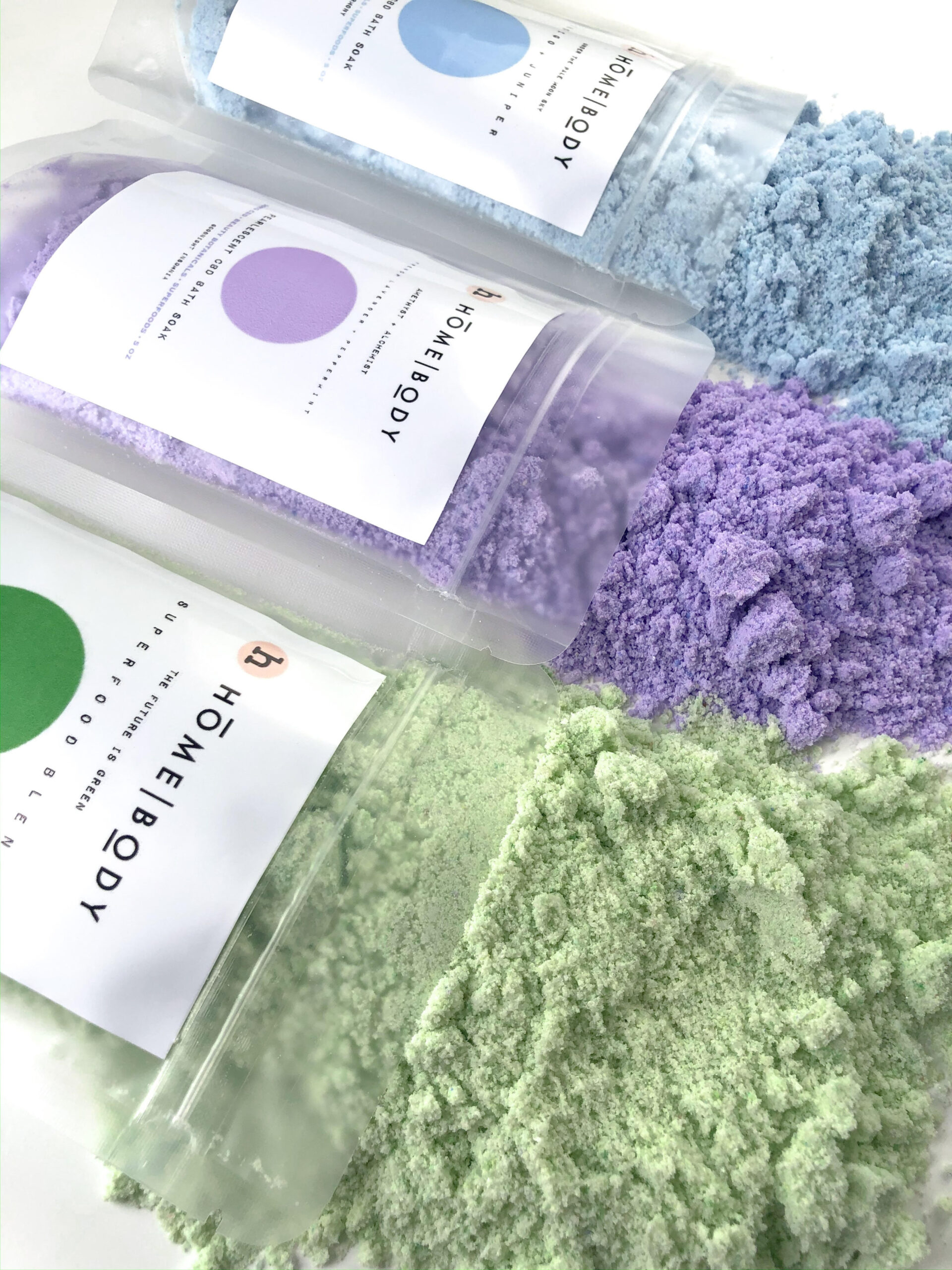
Magical Mini Bundle of CBD infused bath soaks from Homebody
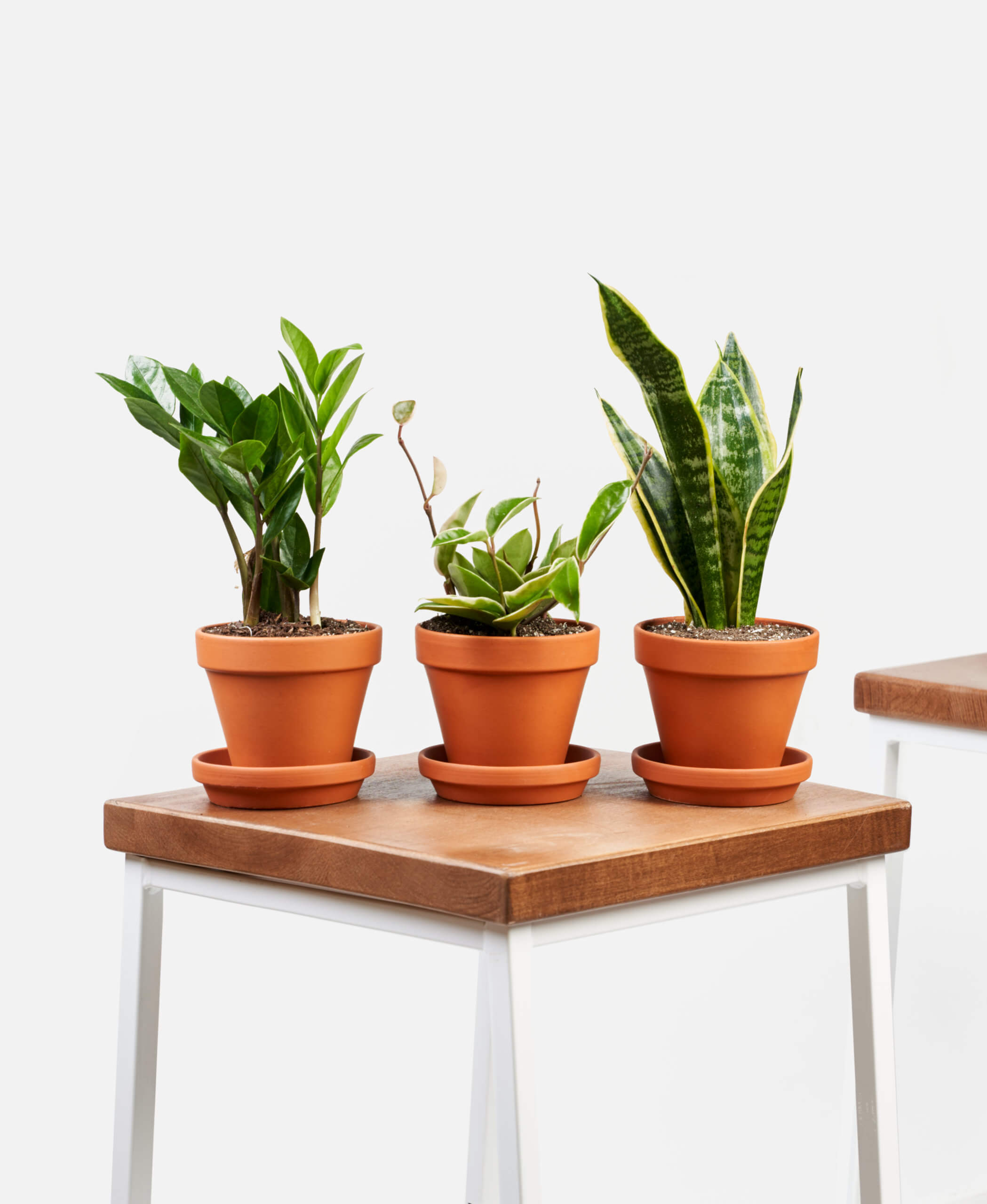
Tough Stuff collection from Bloomscape
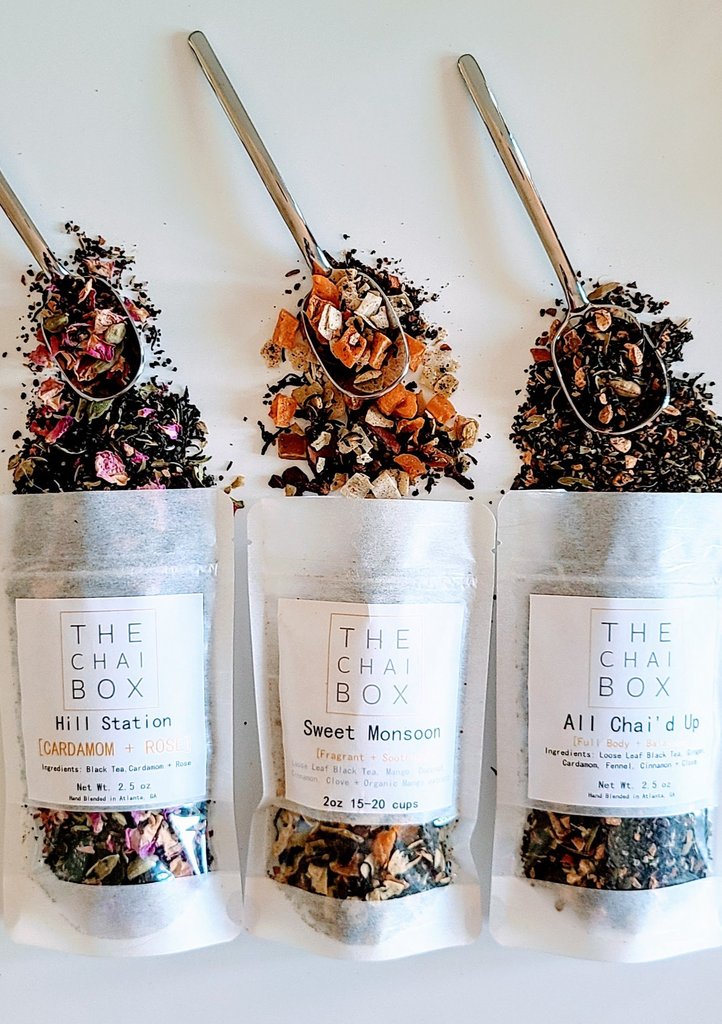
Tea care packages from The Chai Box (on sale!)
Do you have a favorite independent shop or local boutique still operating online? Be sure to check if they offer their own gift sets. I know so many of them are curating self care gift ideas to help us all get through!

